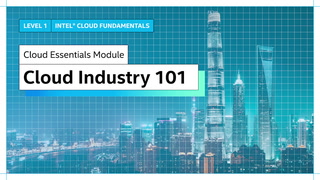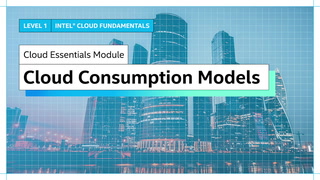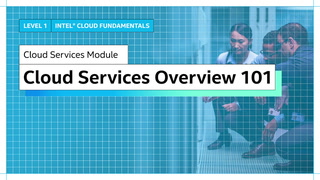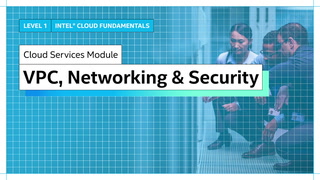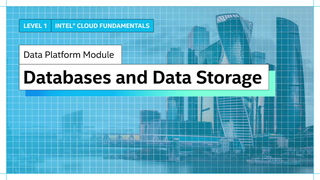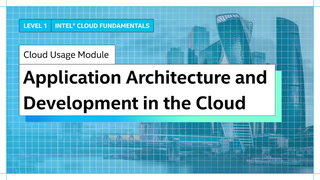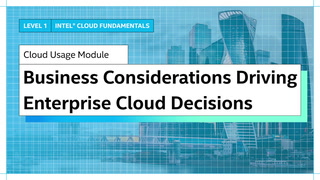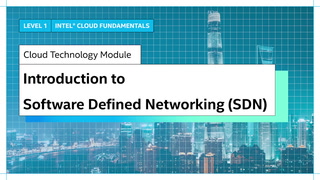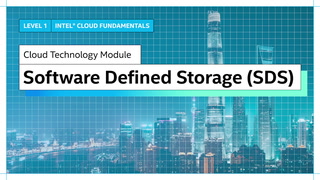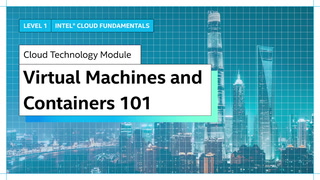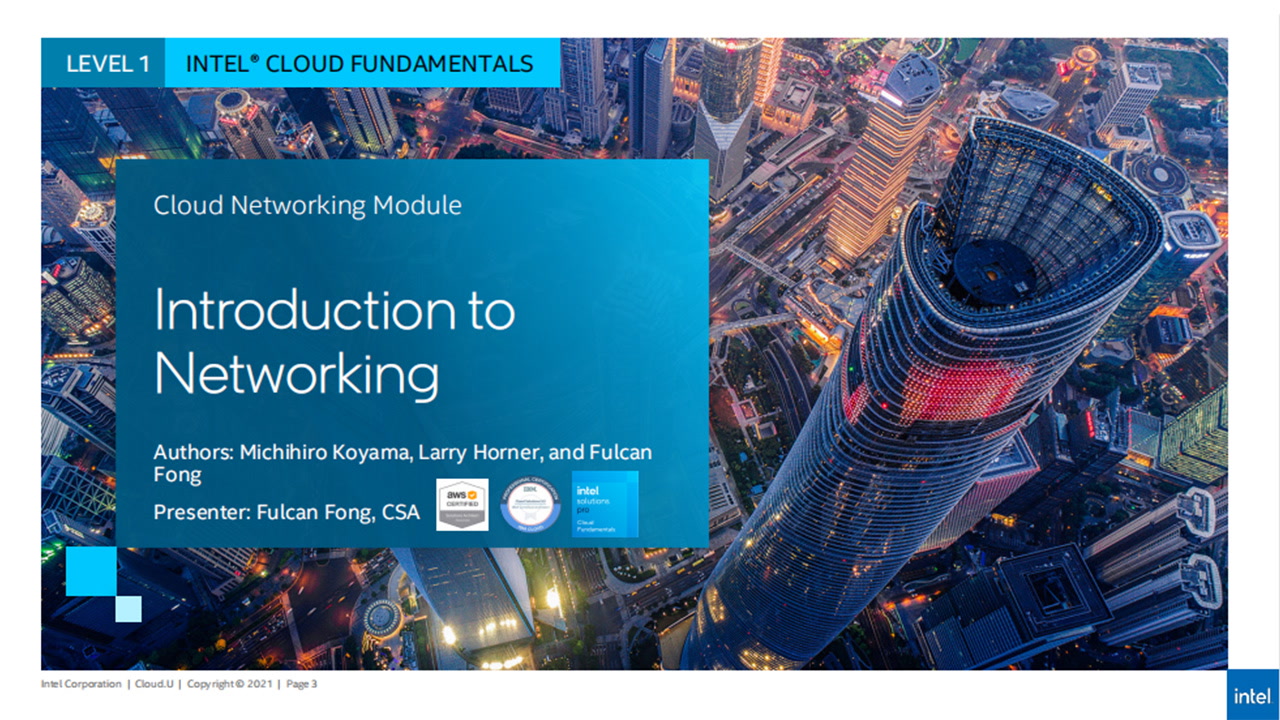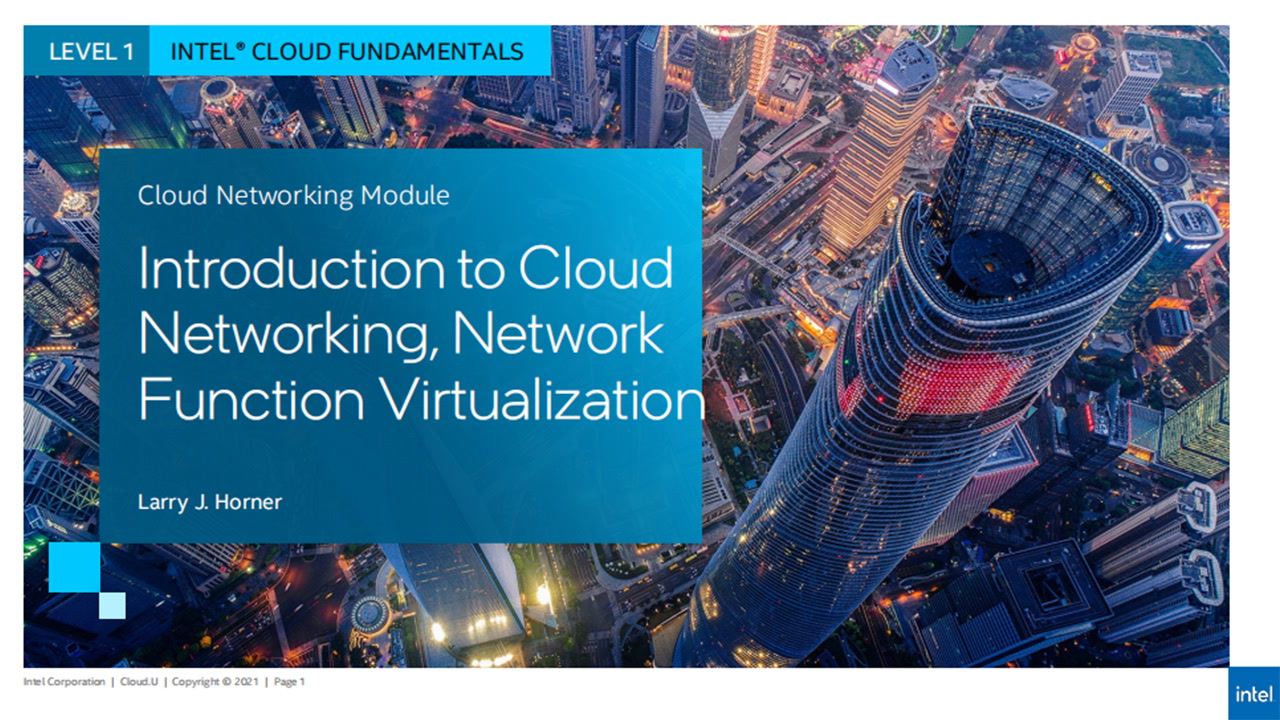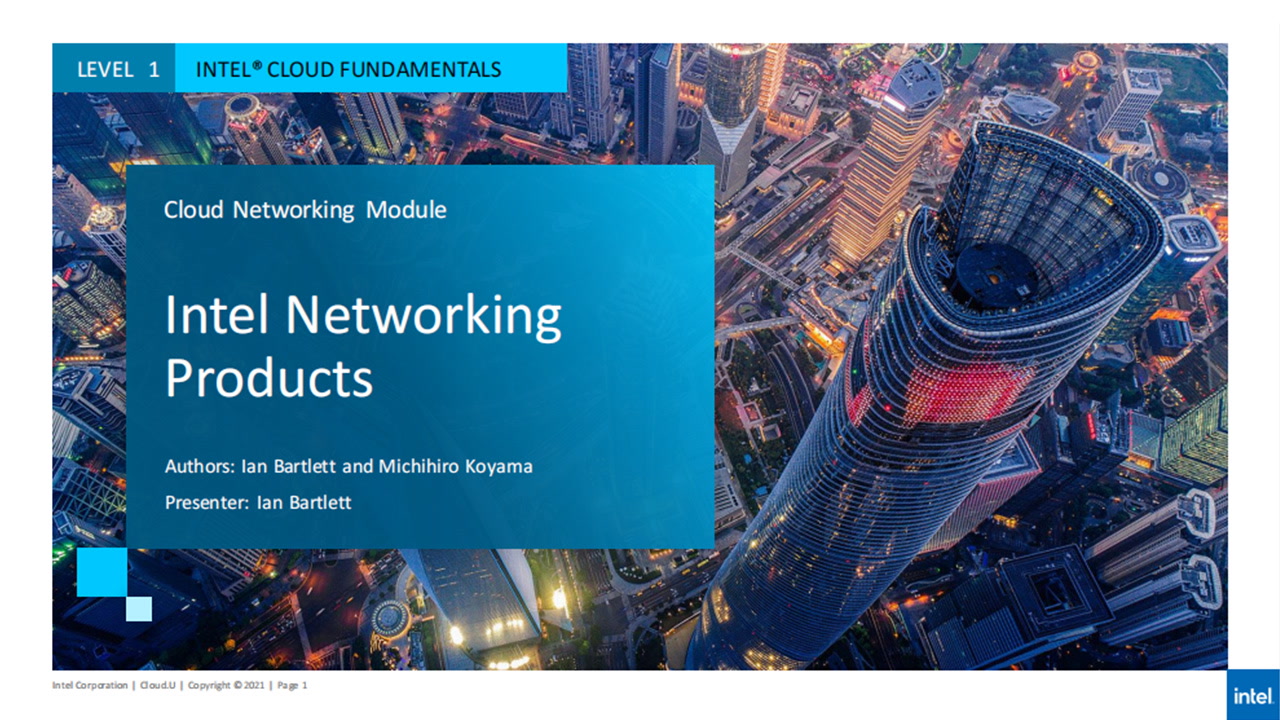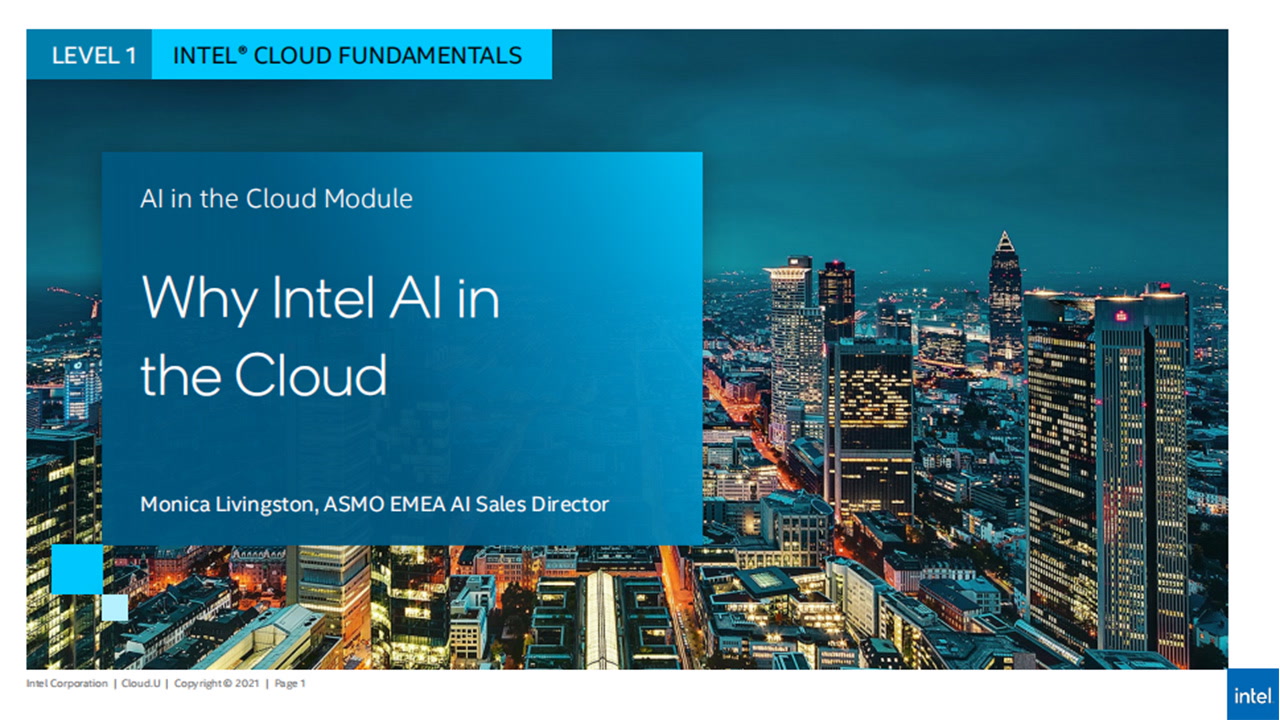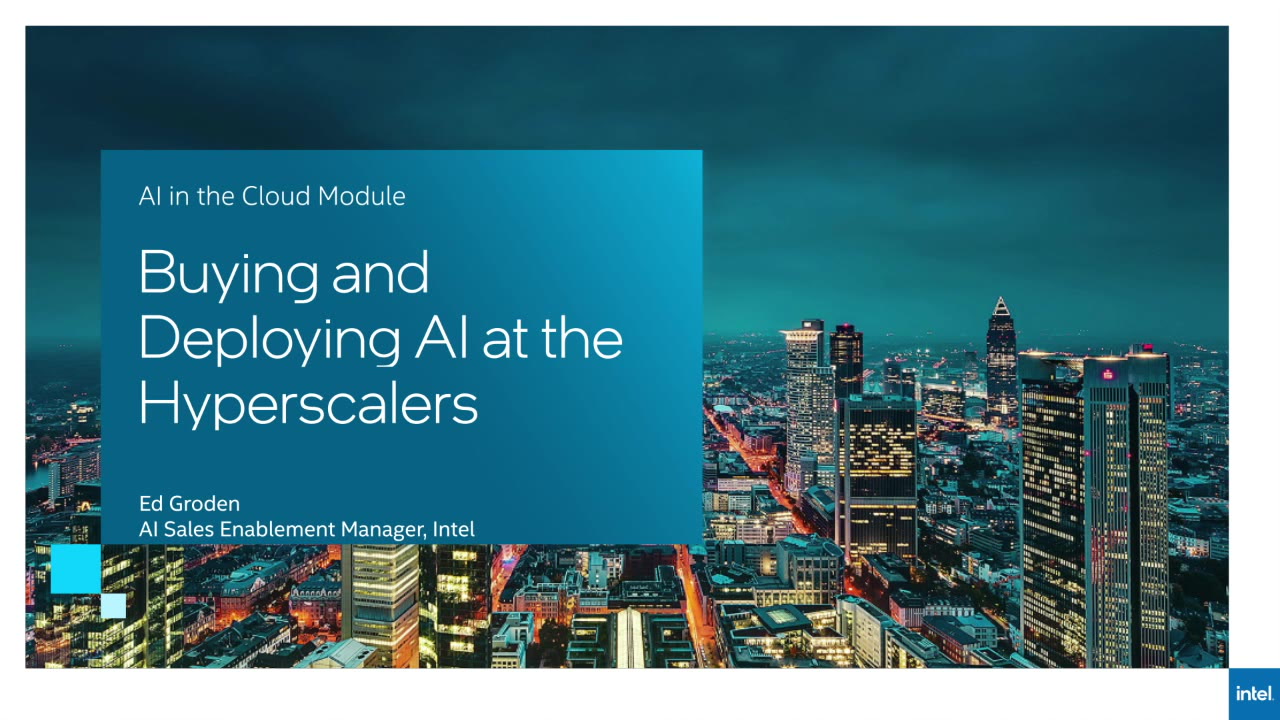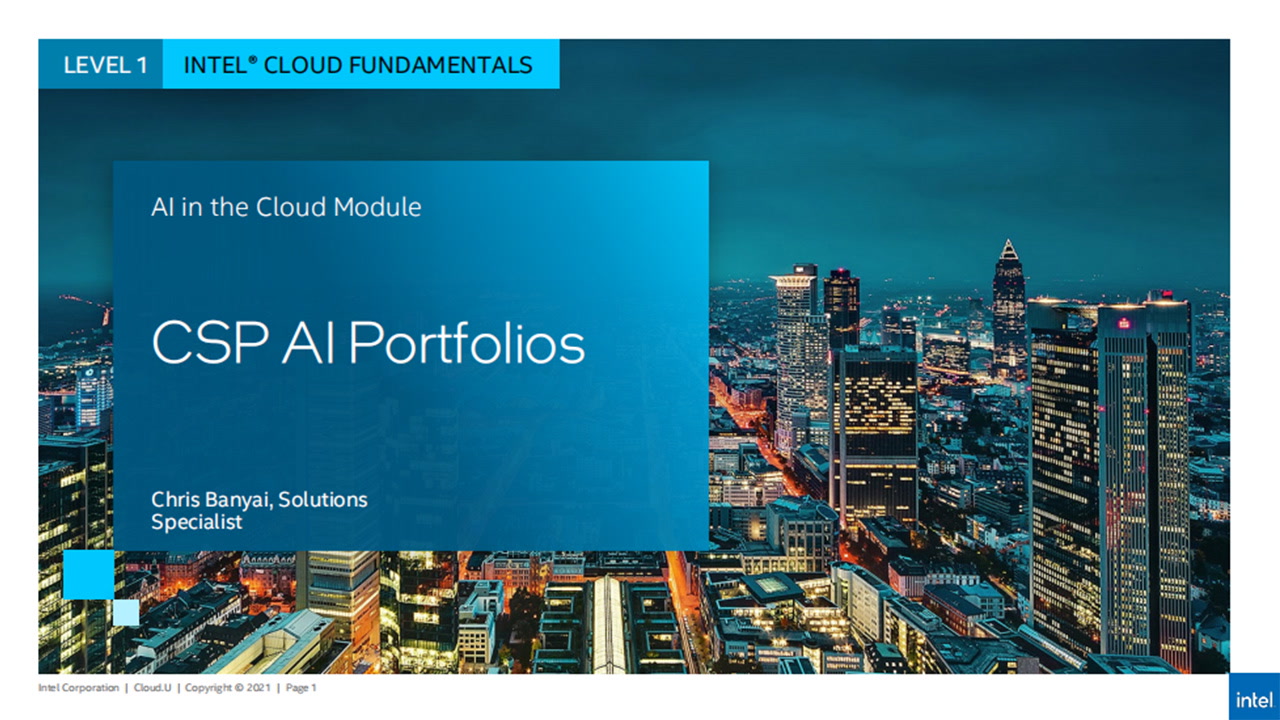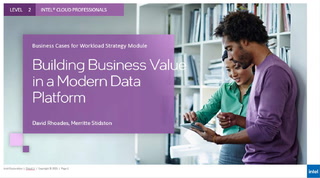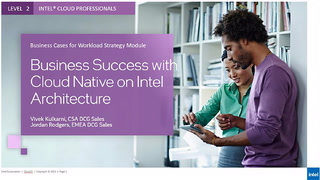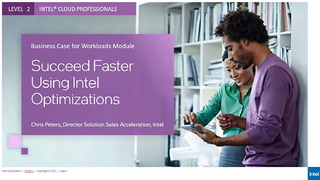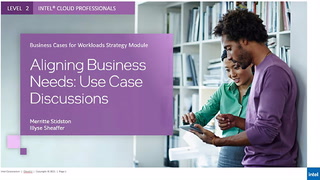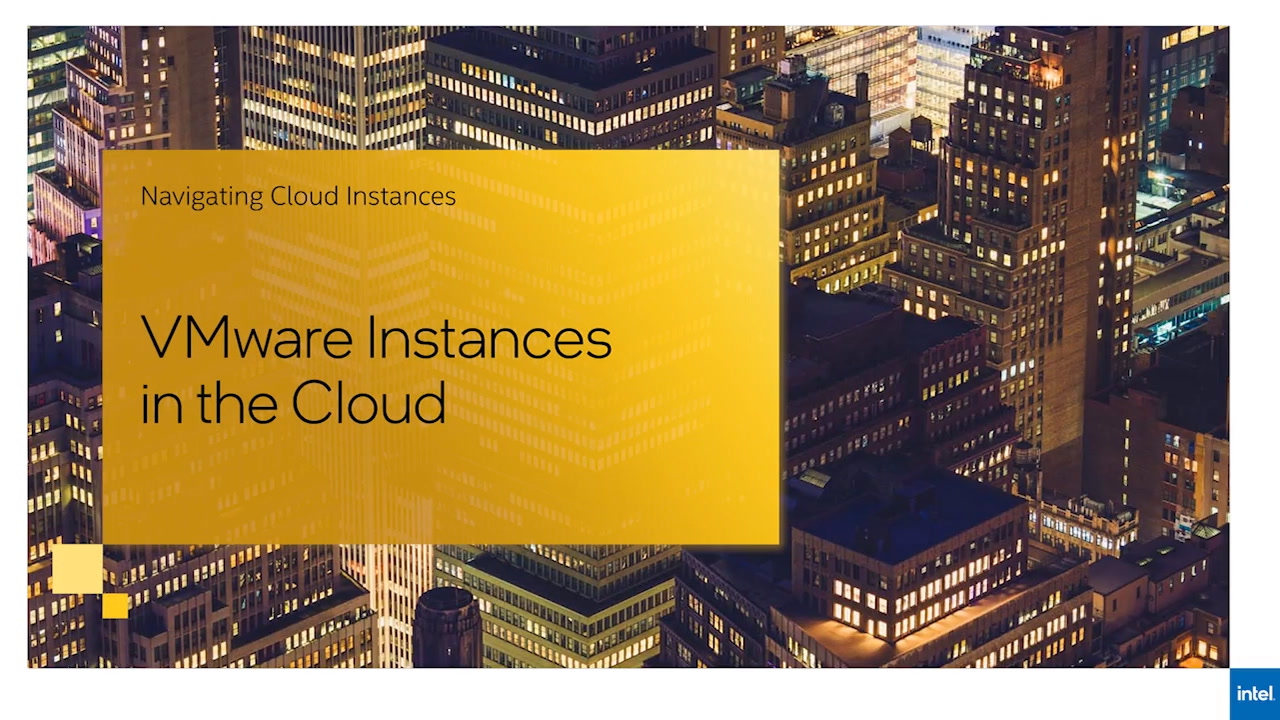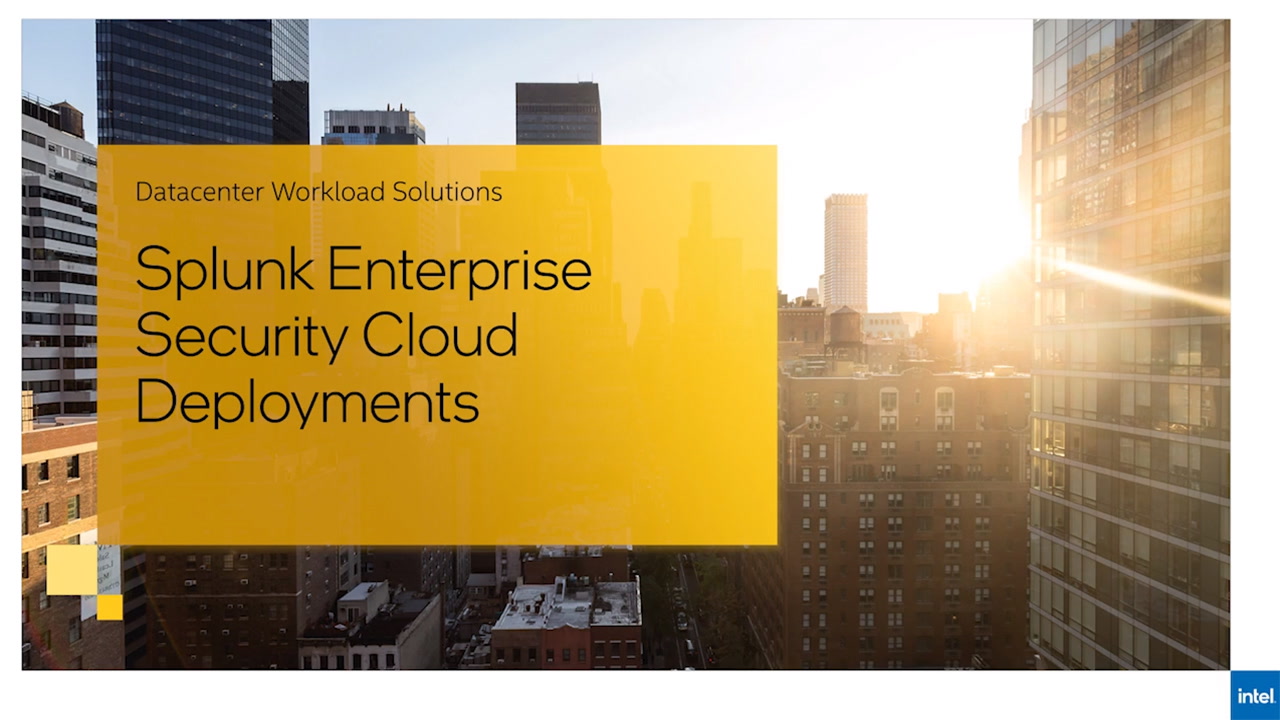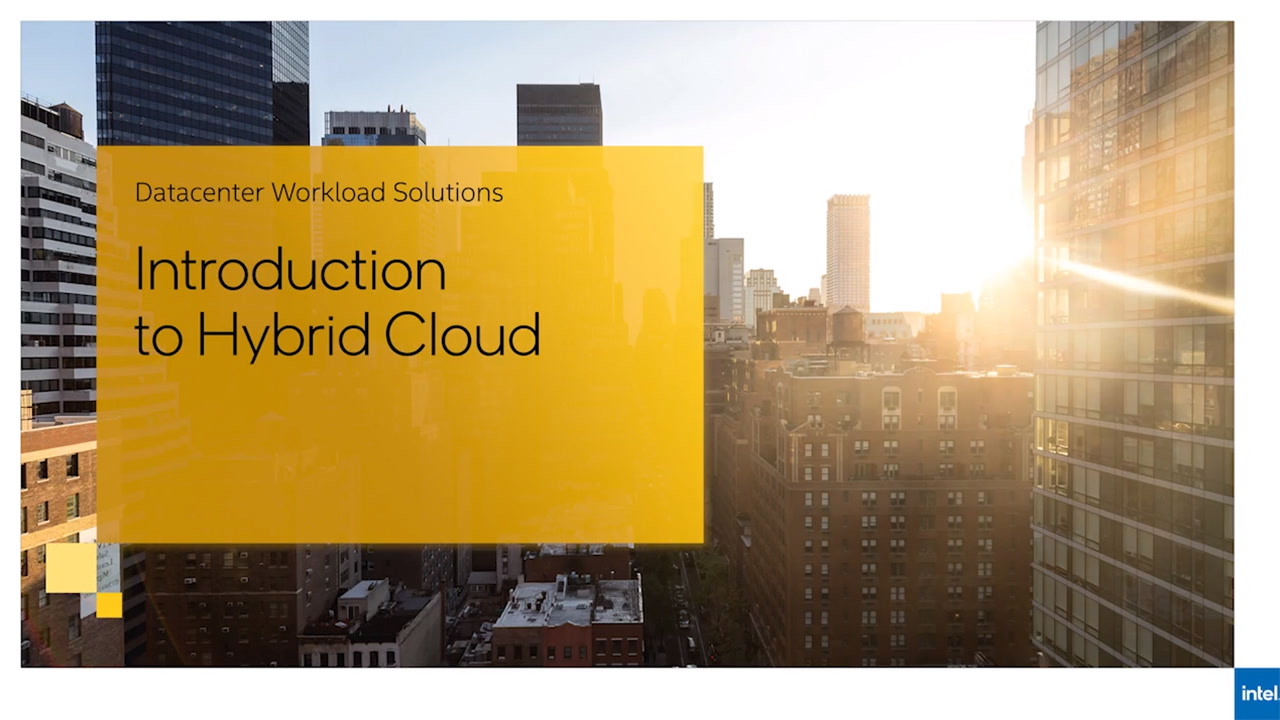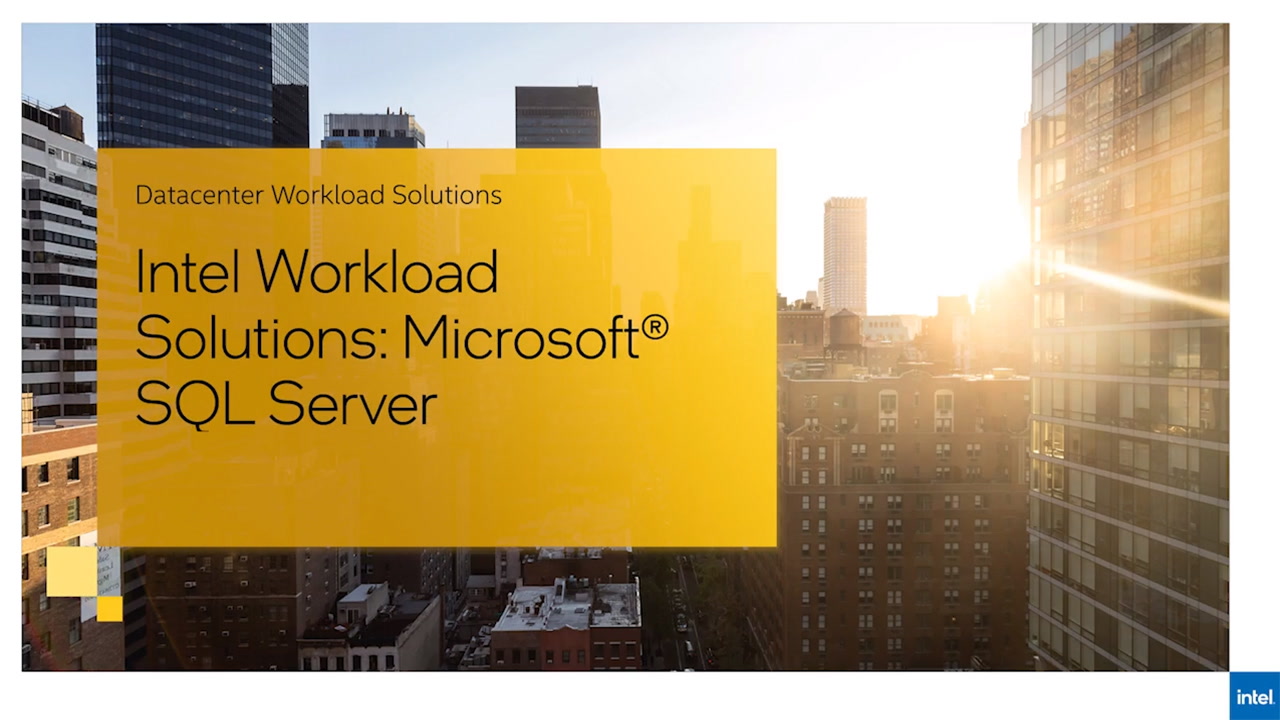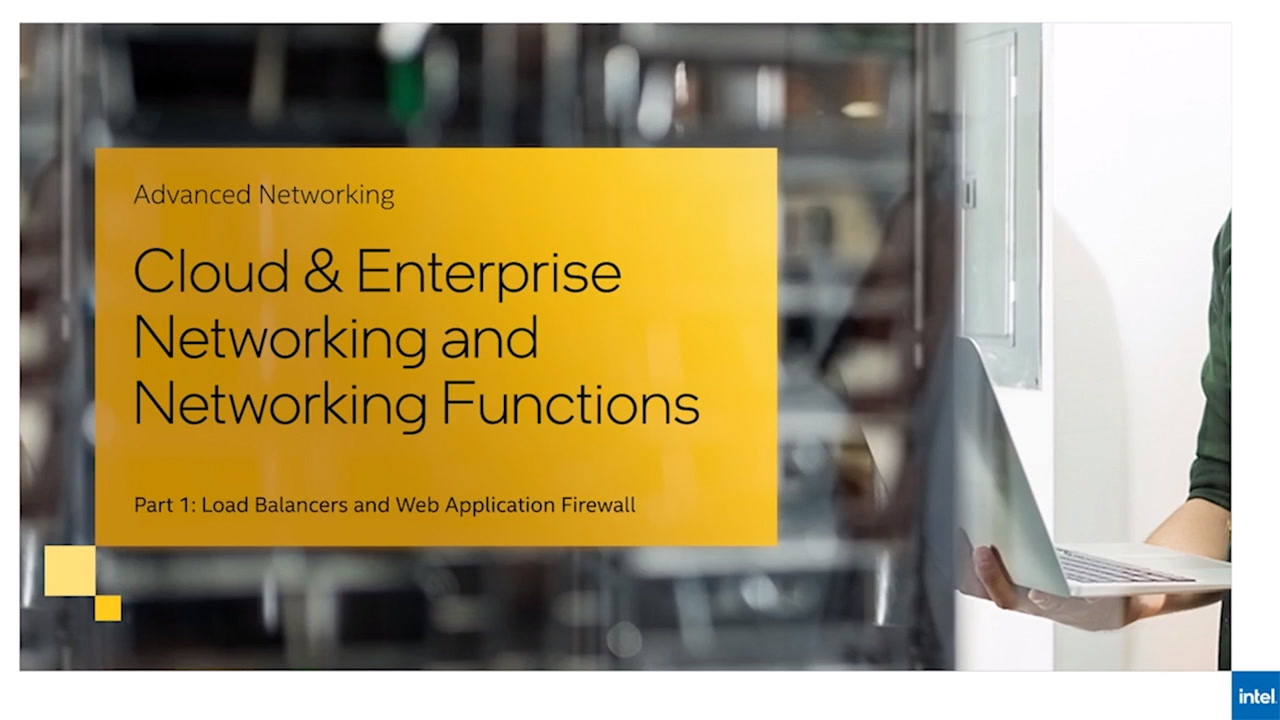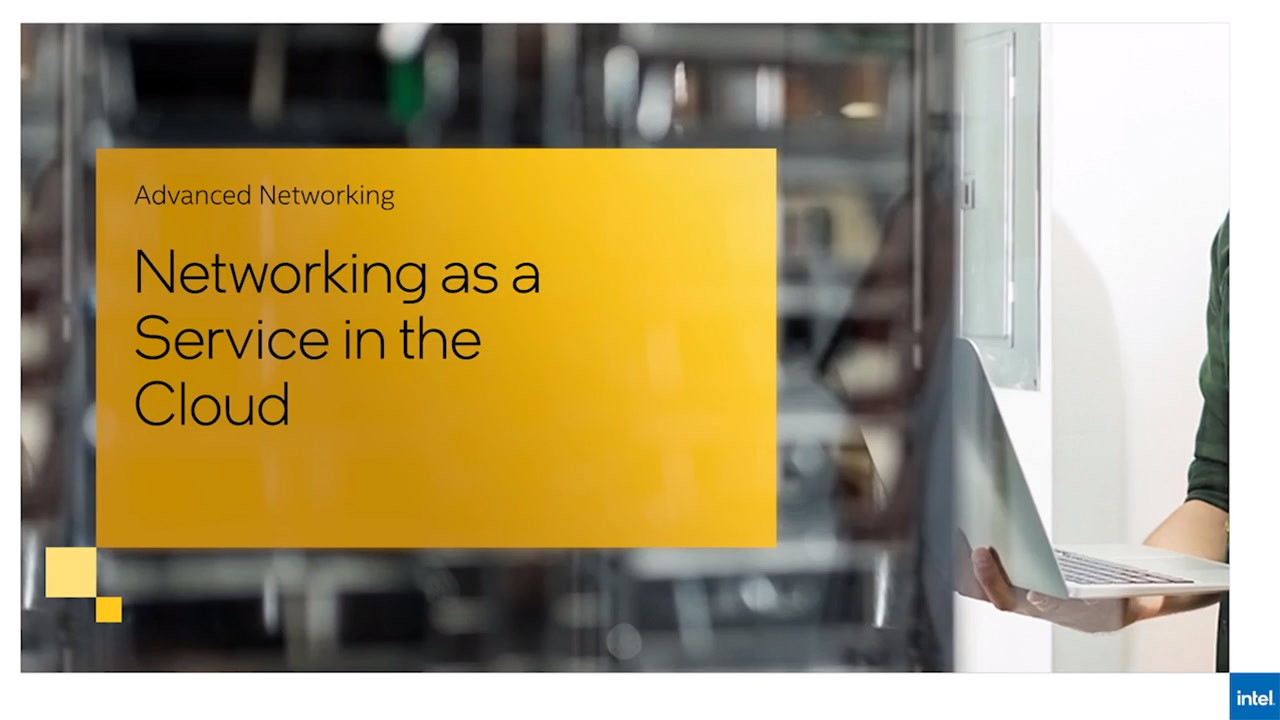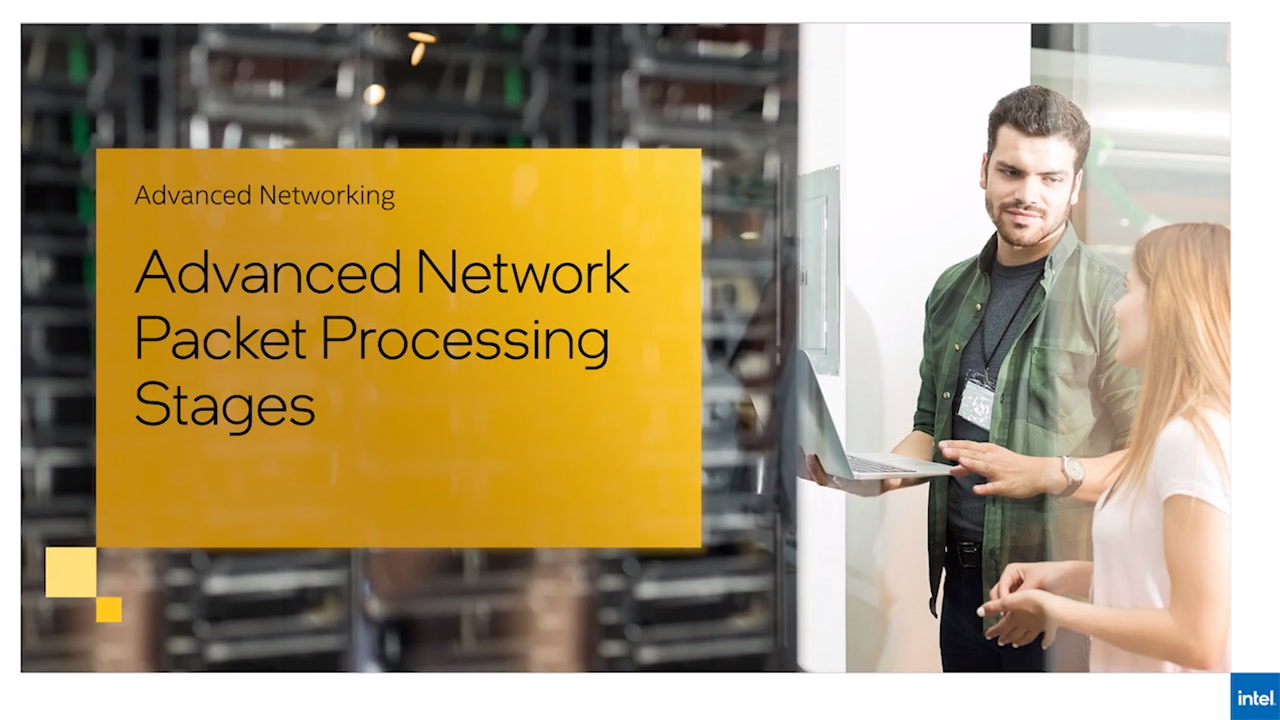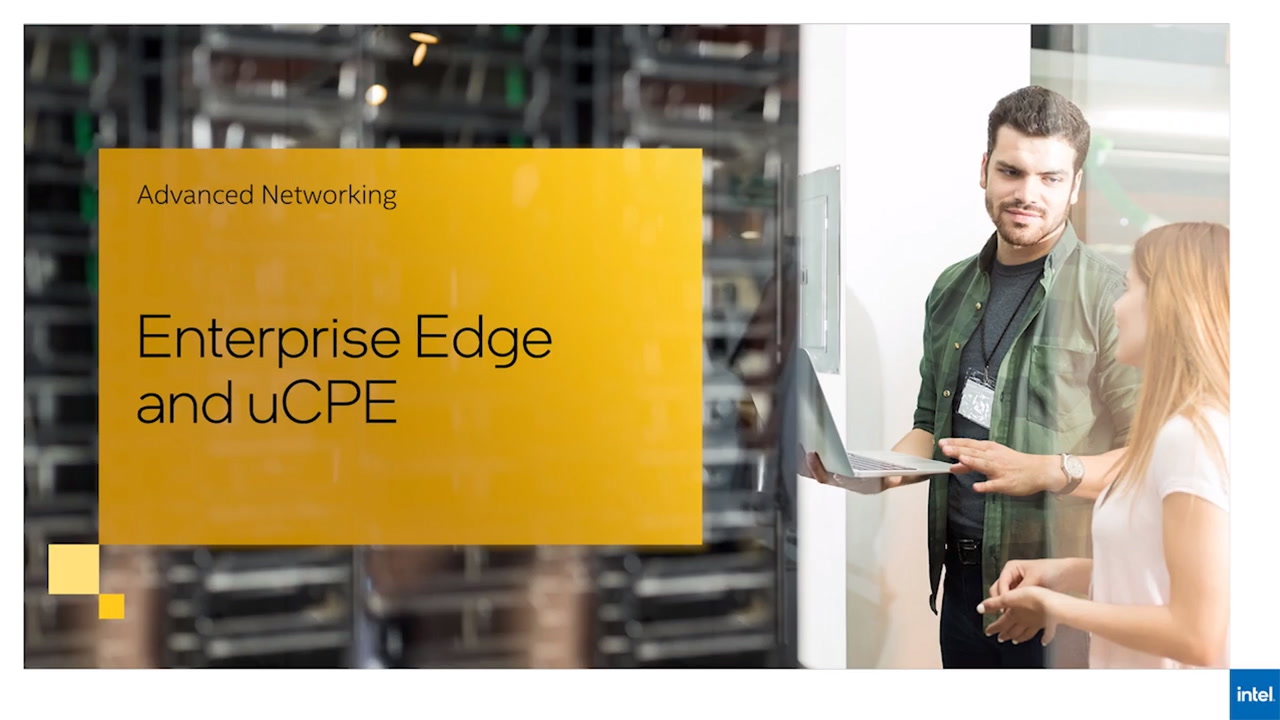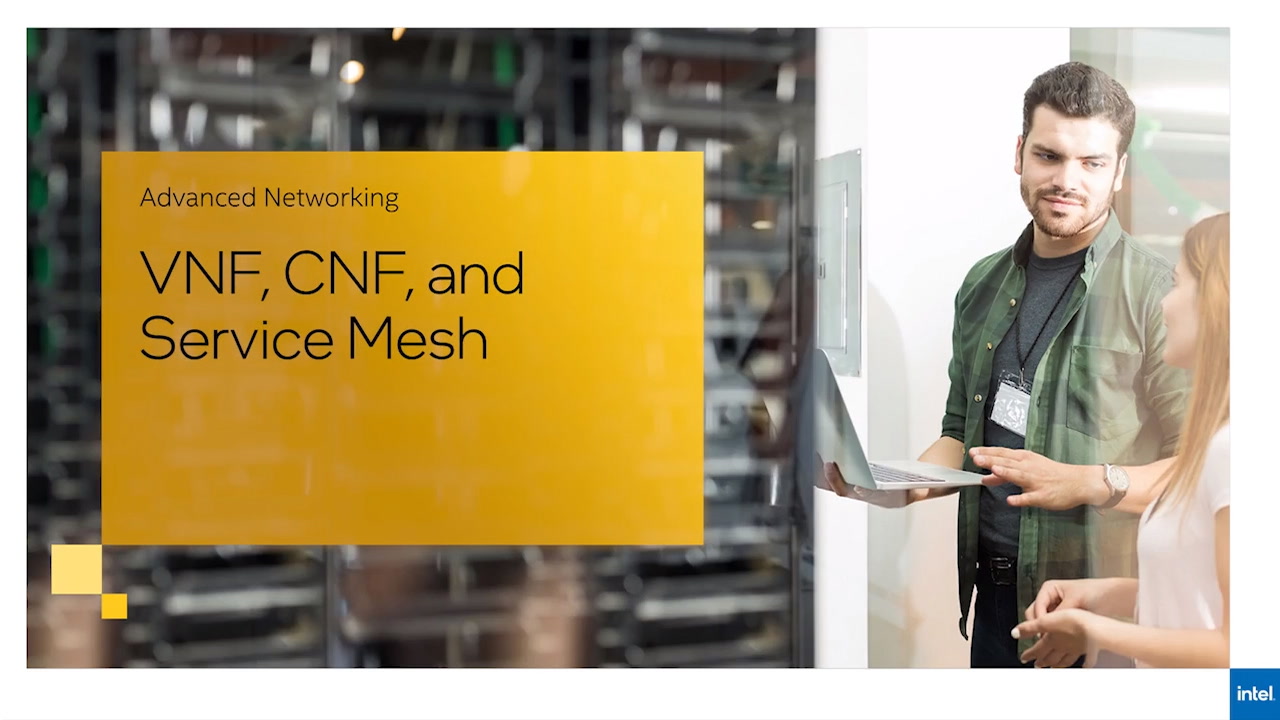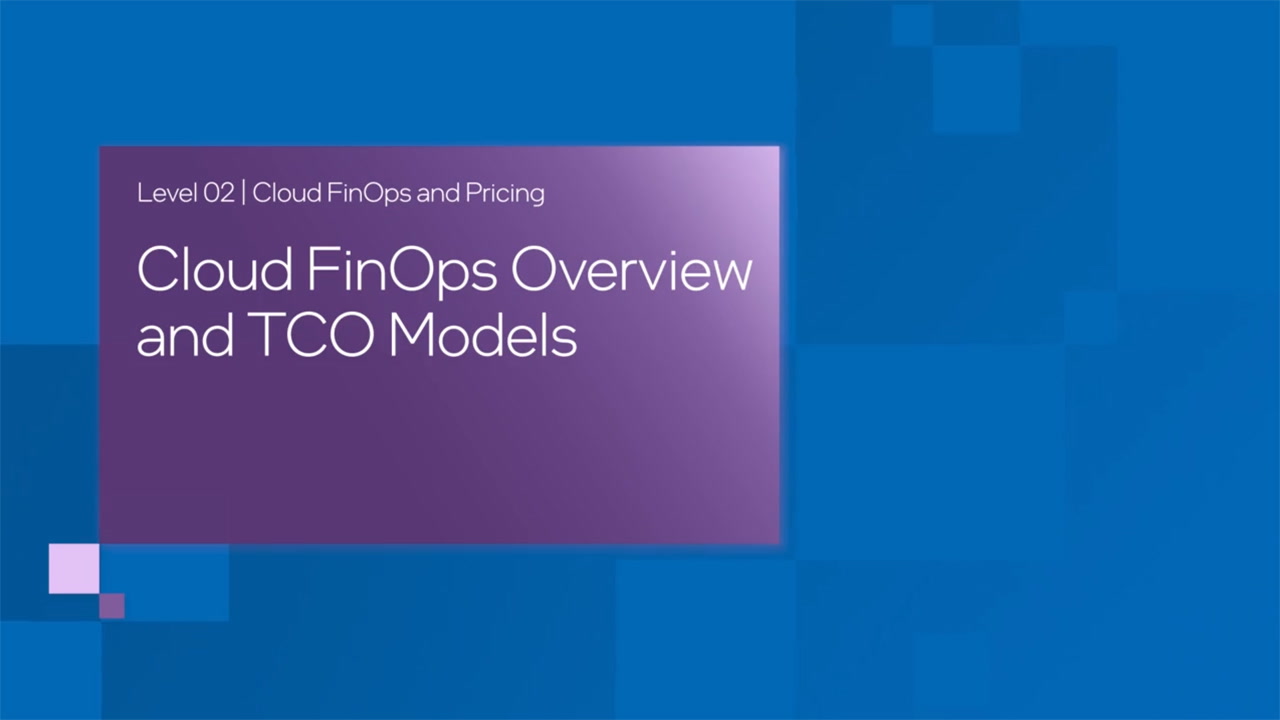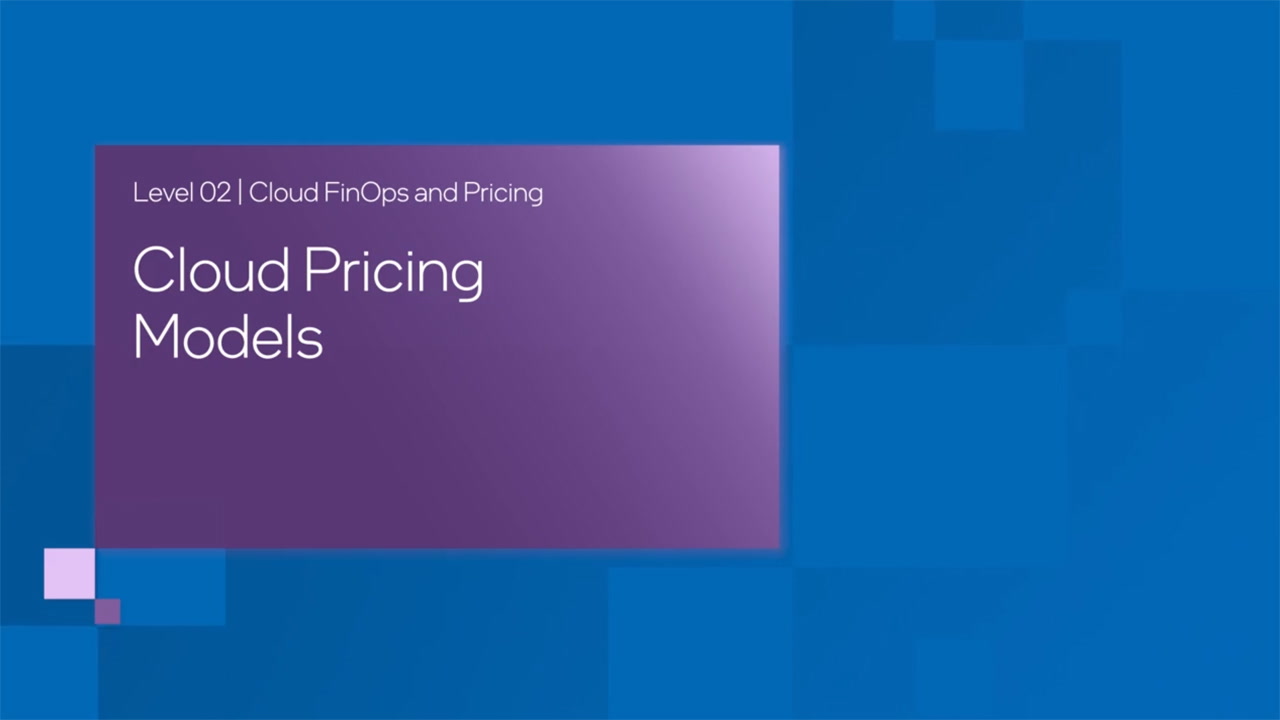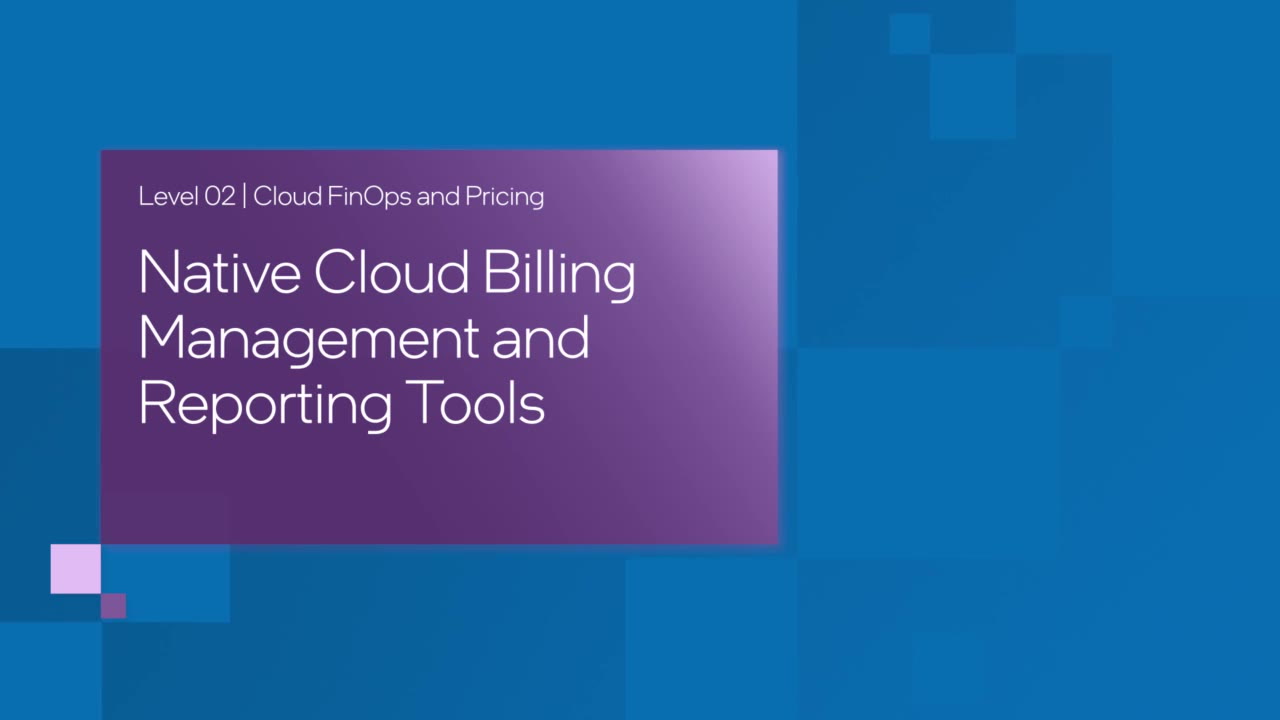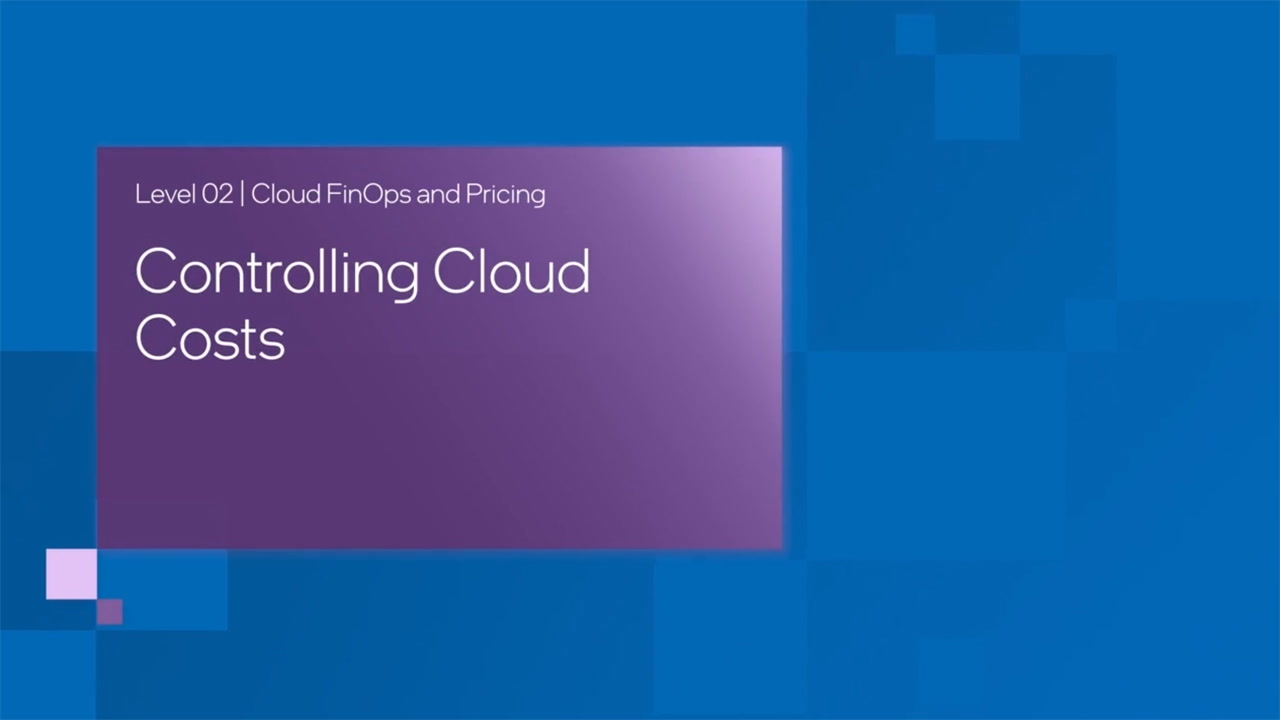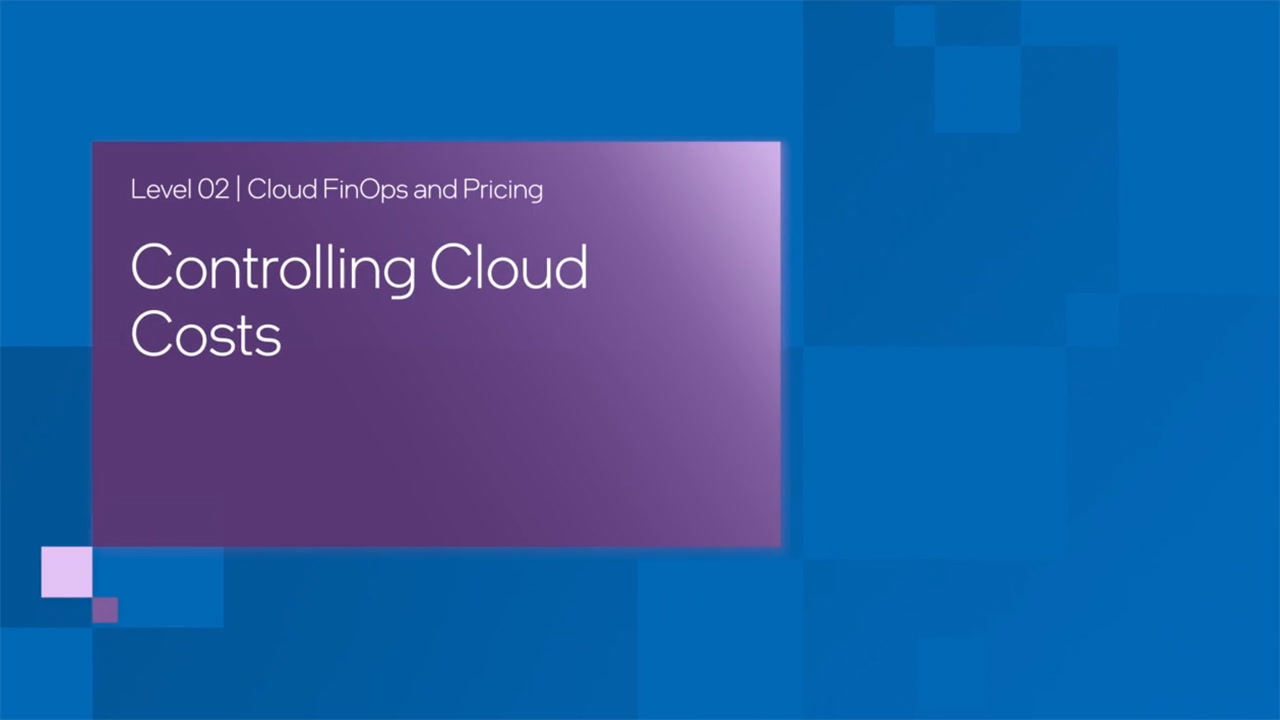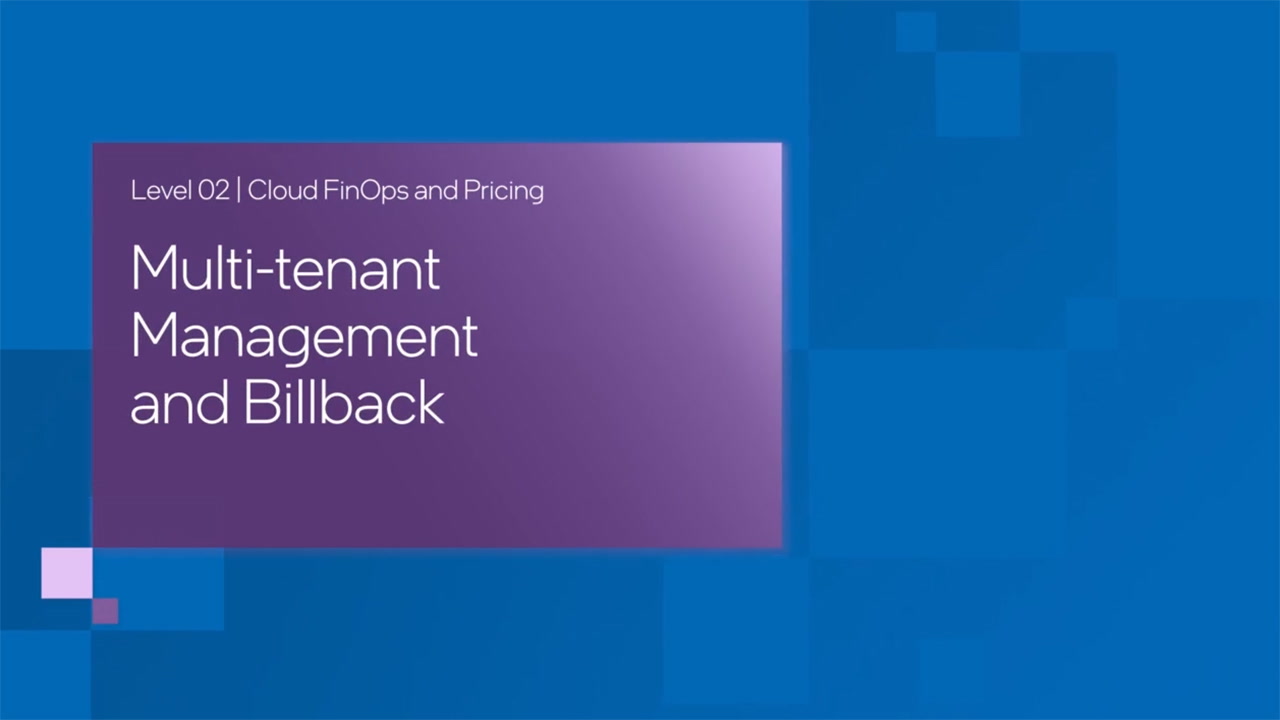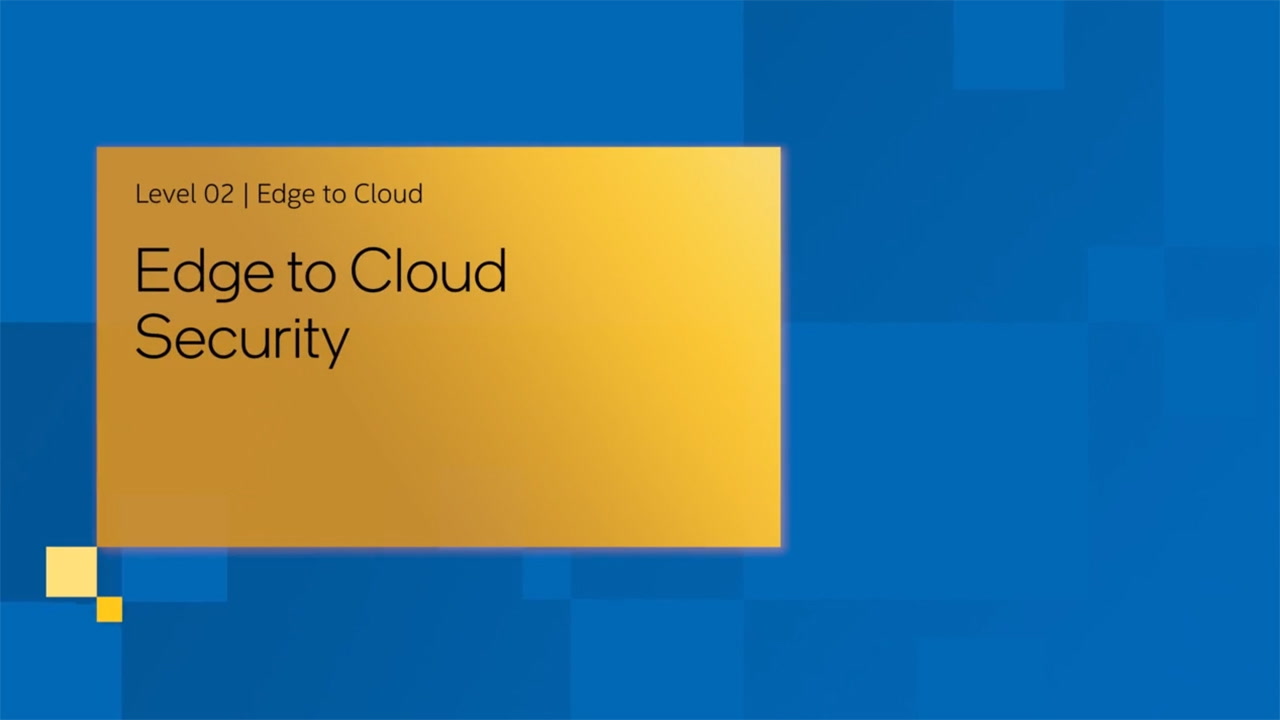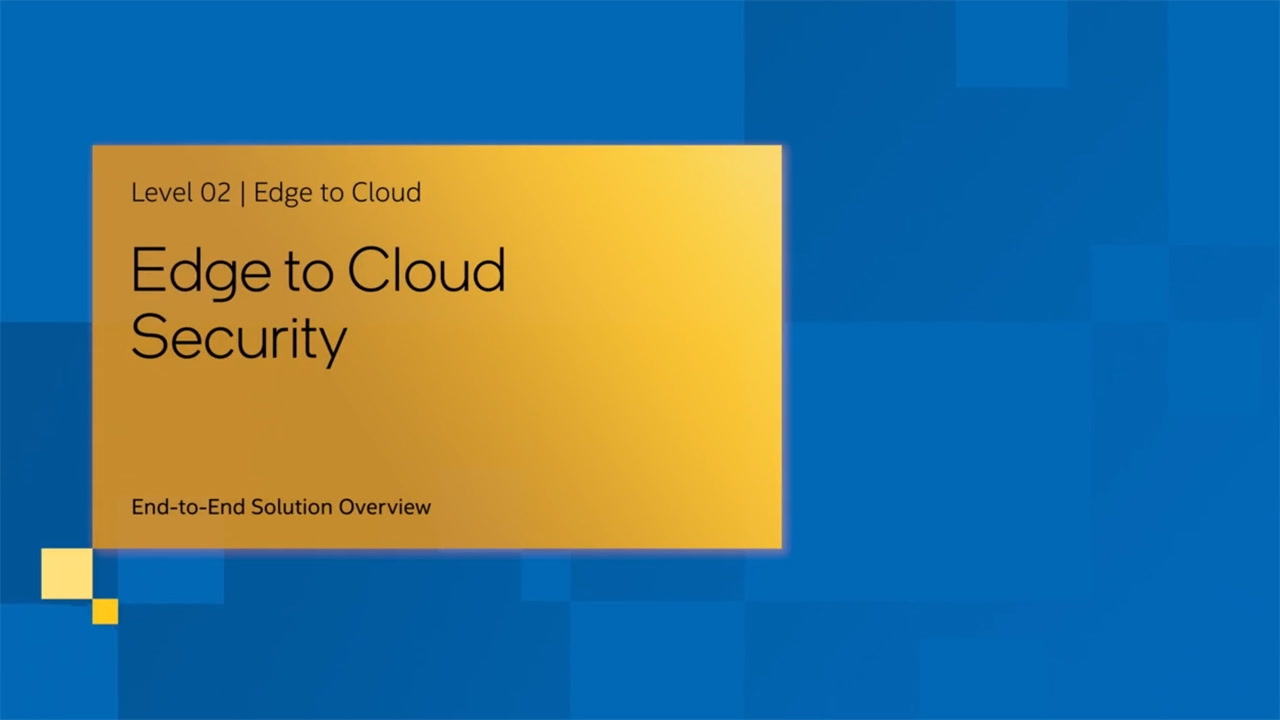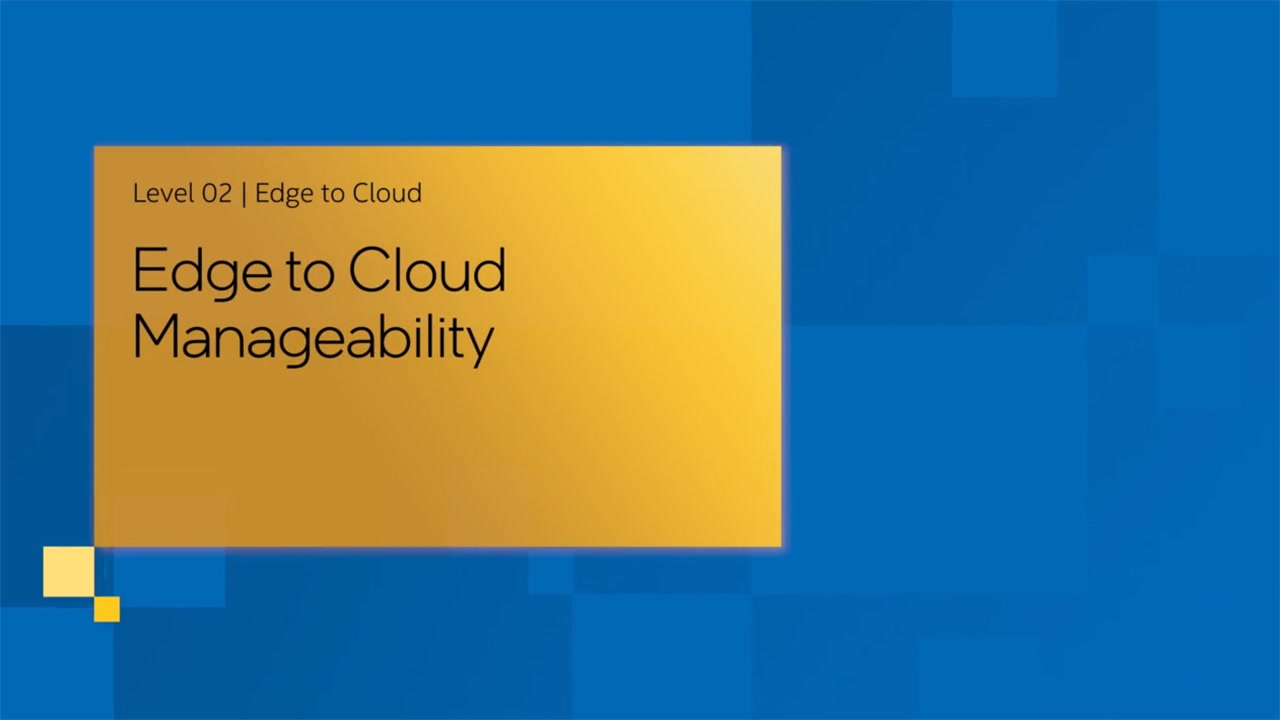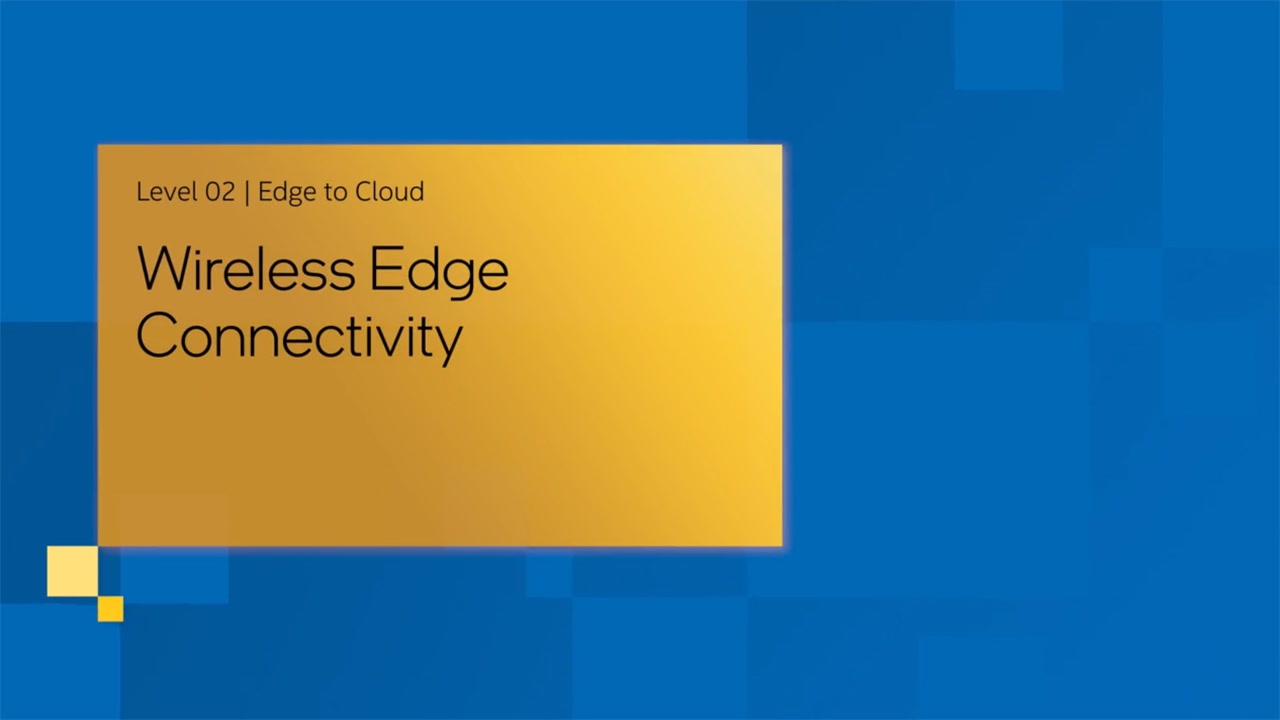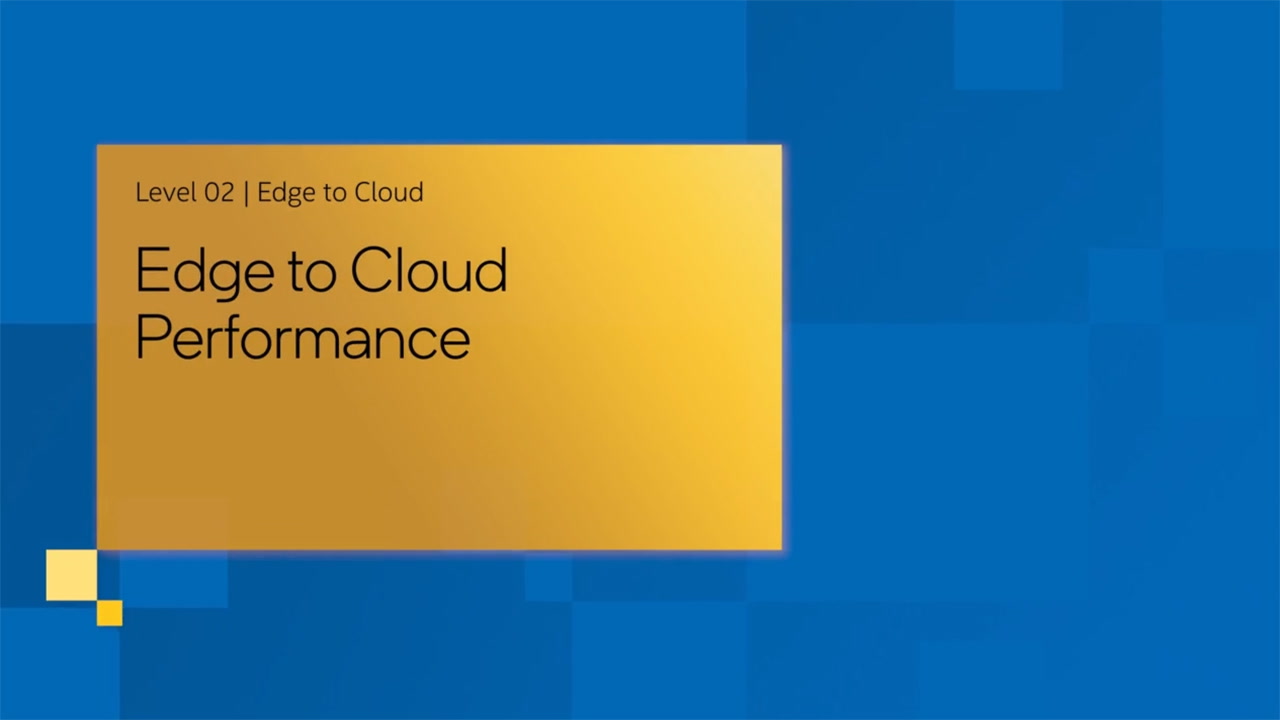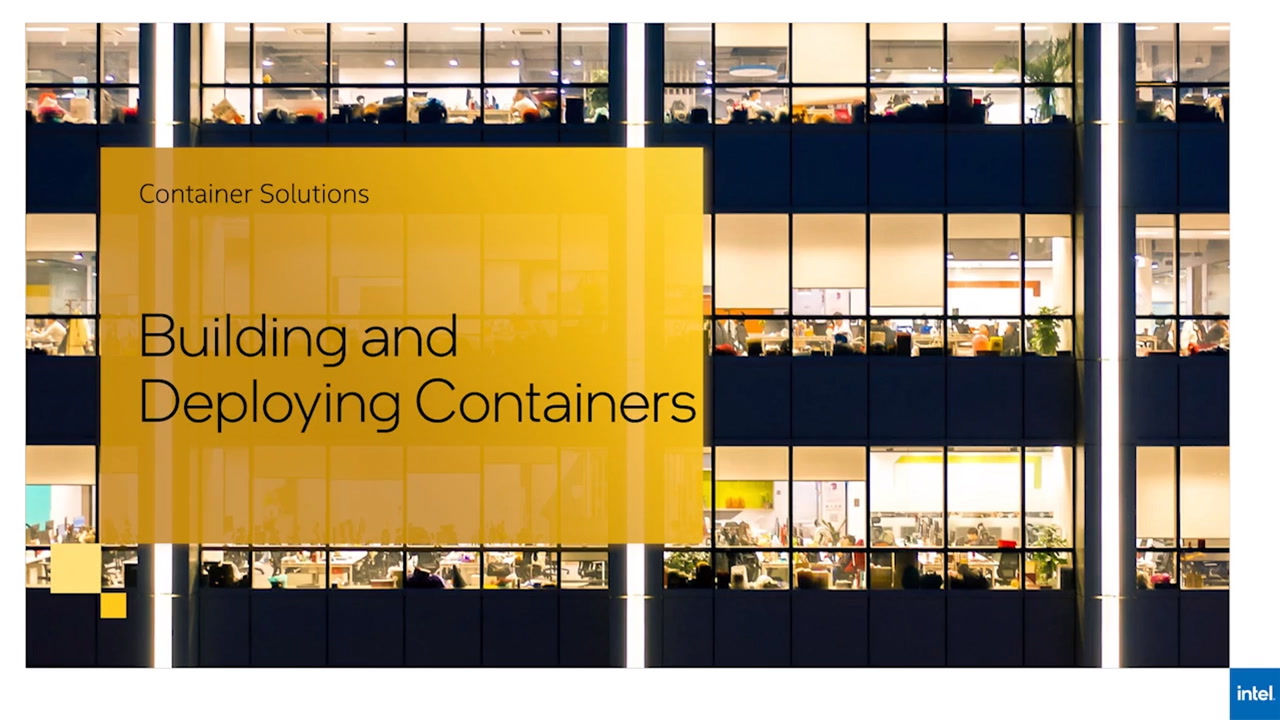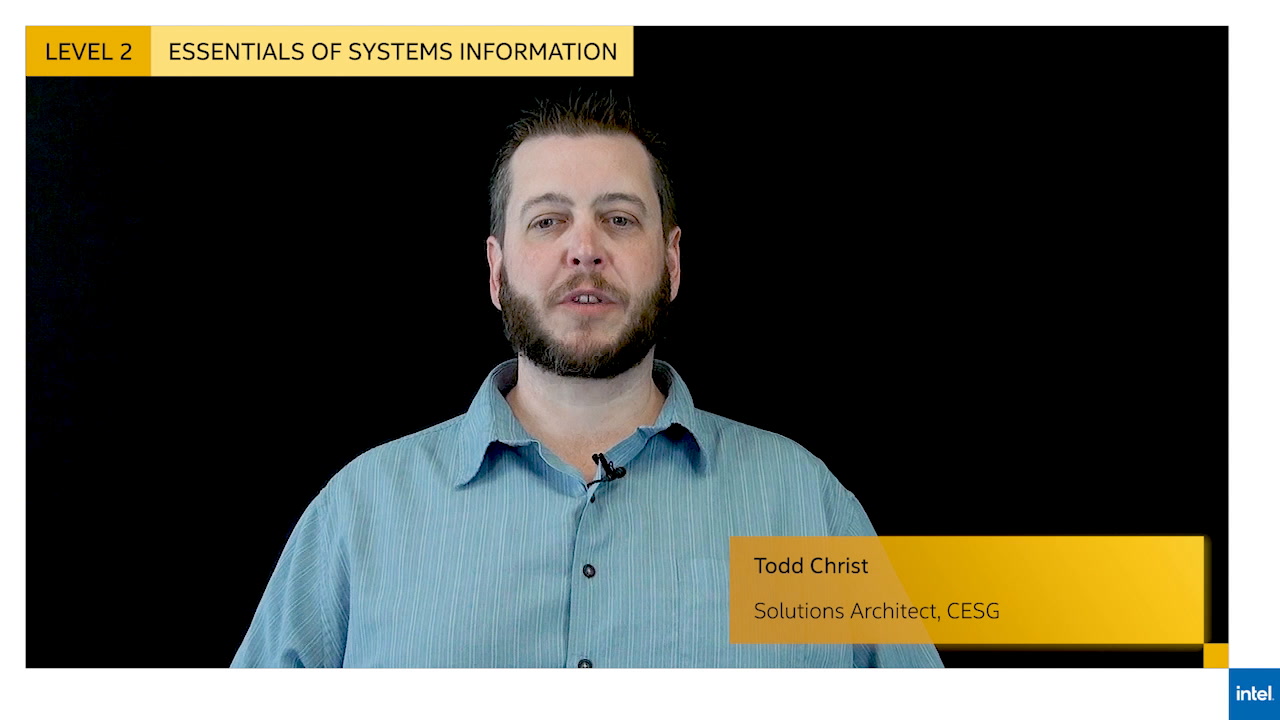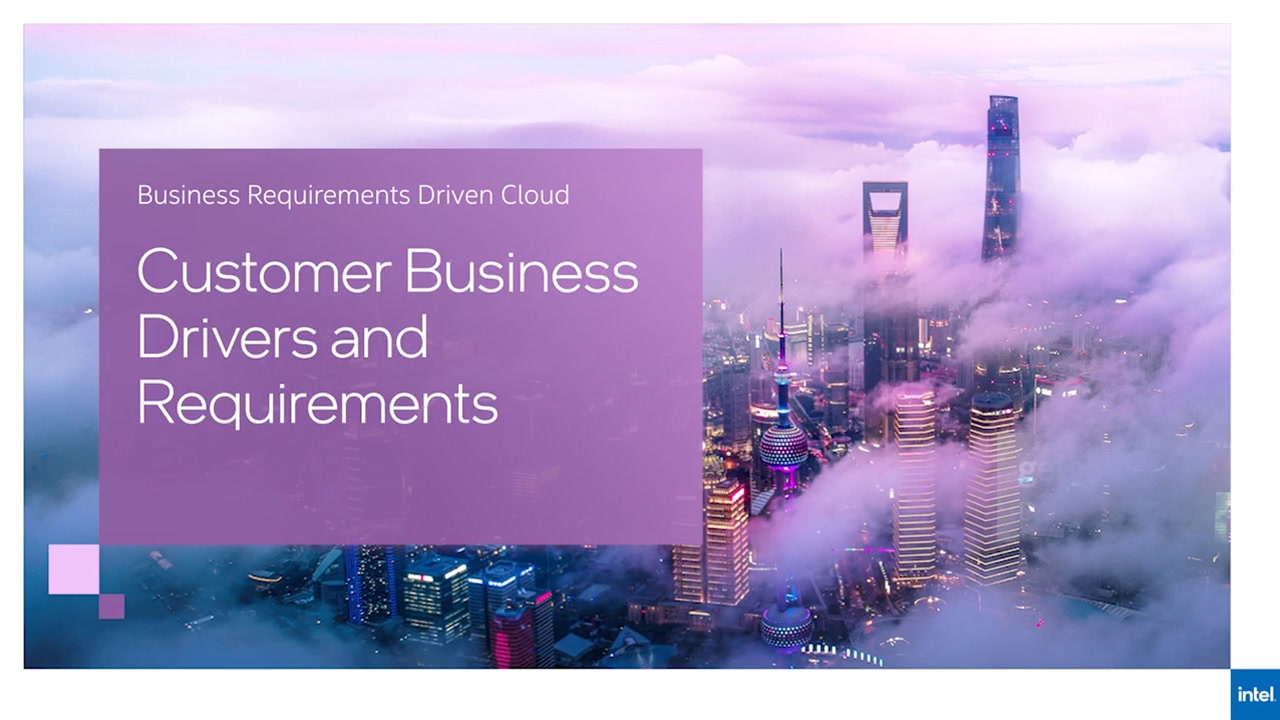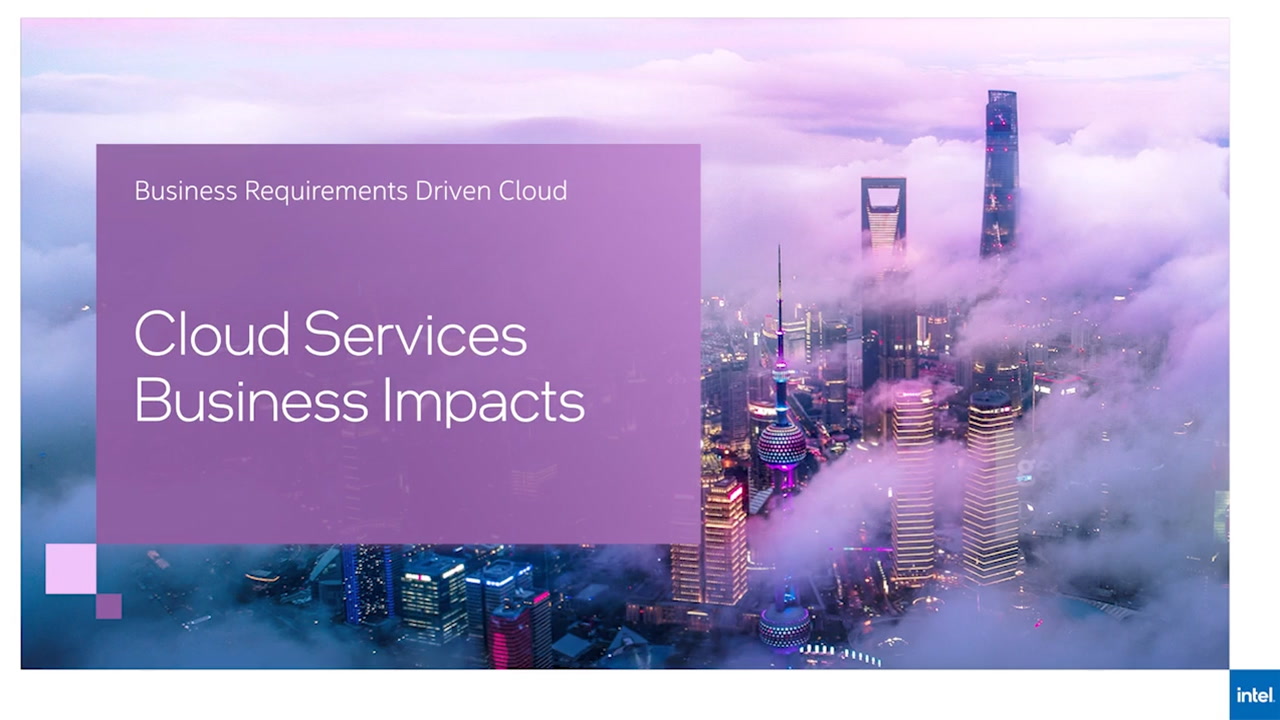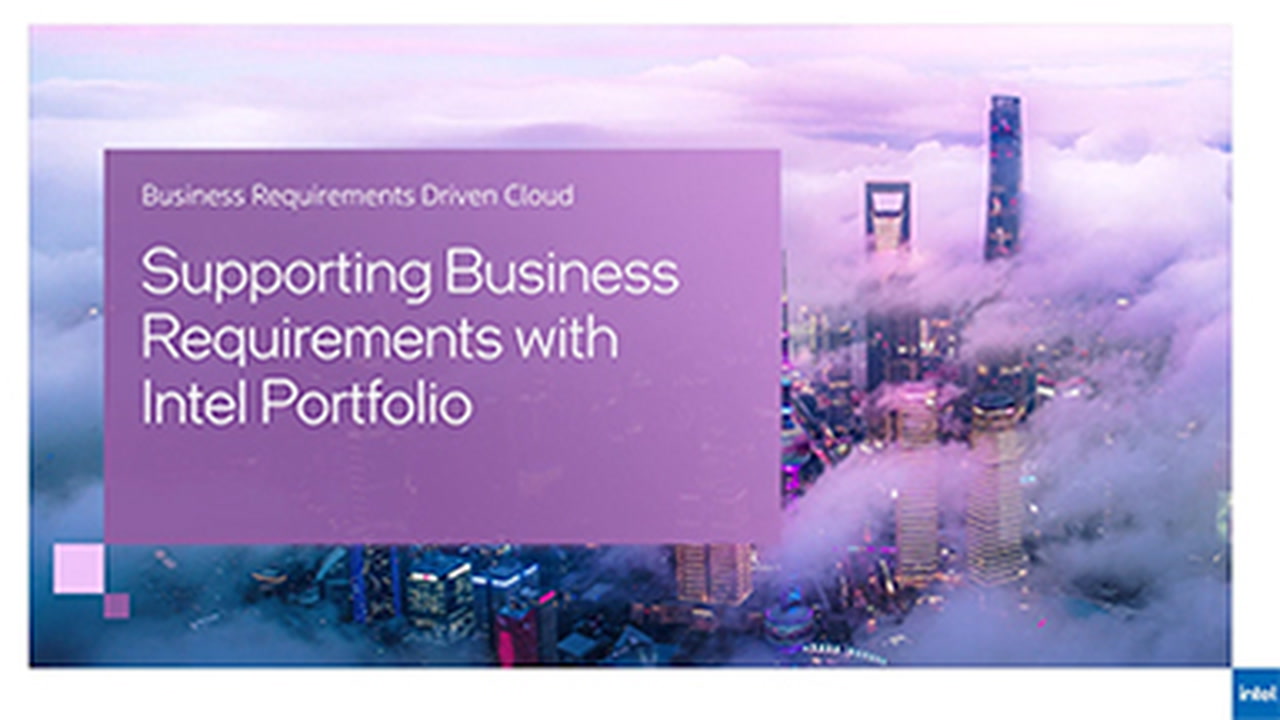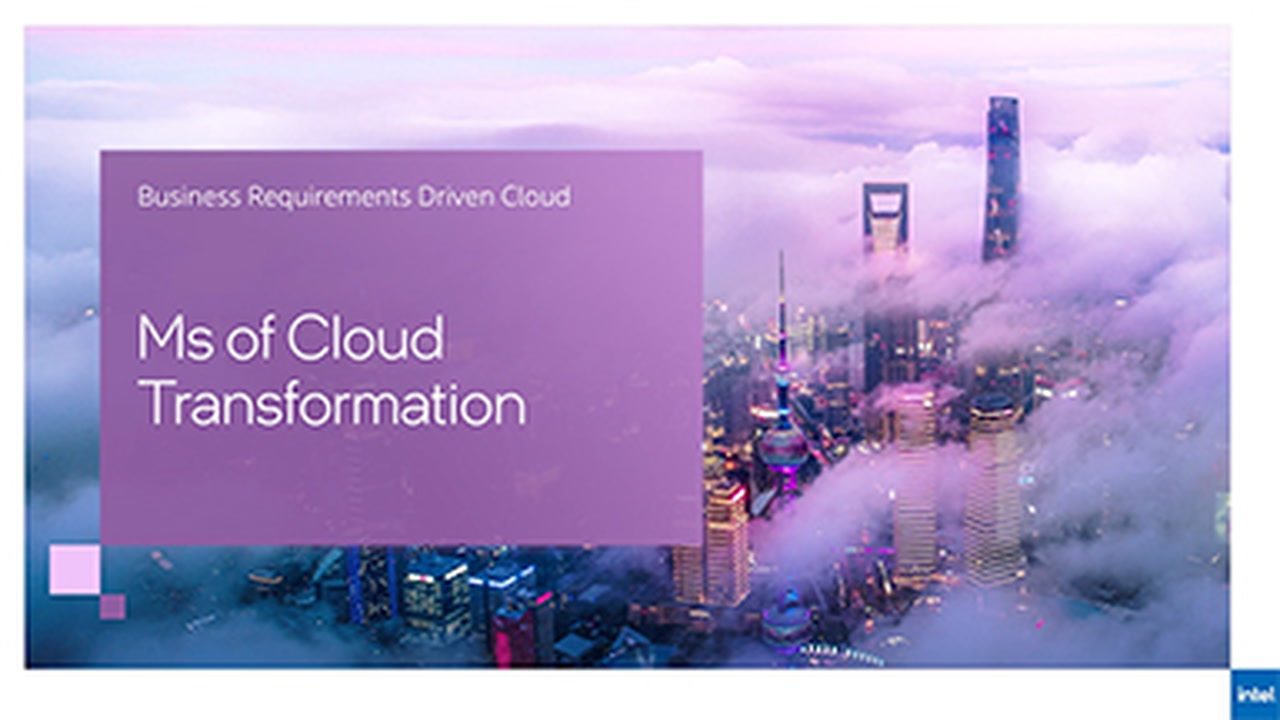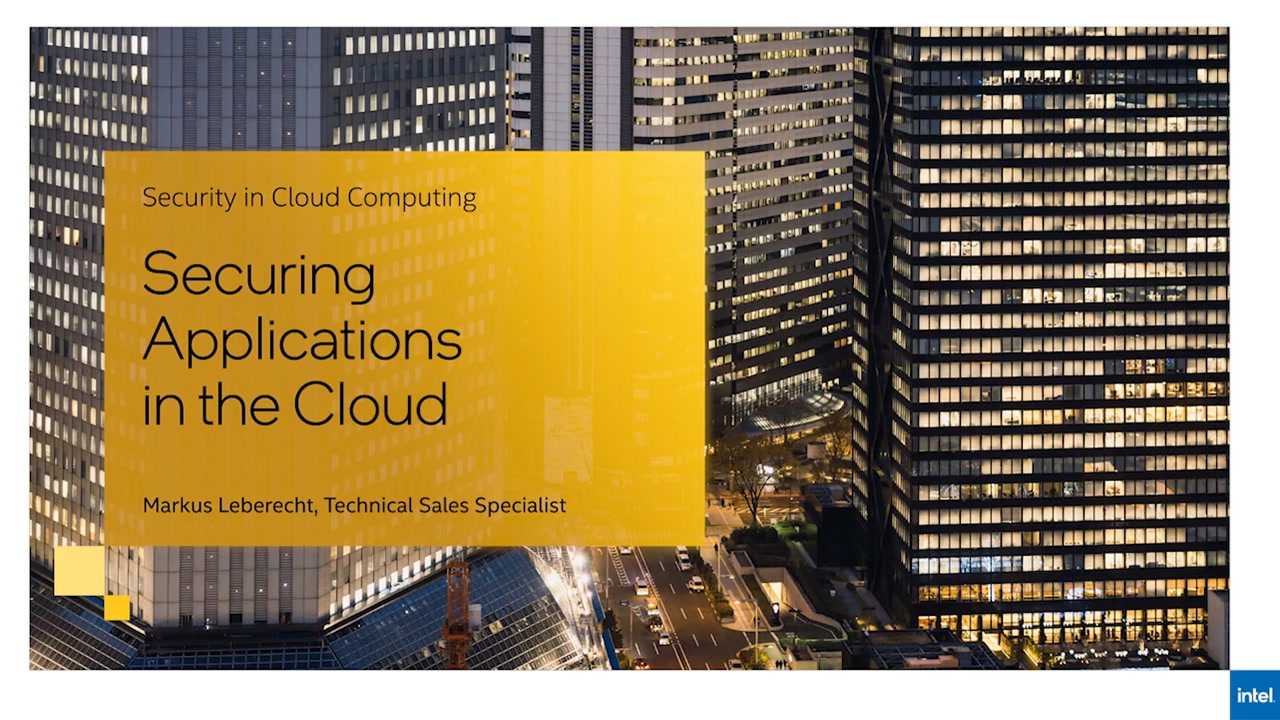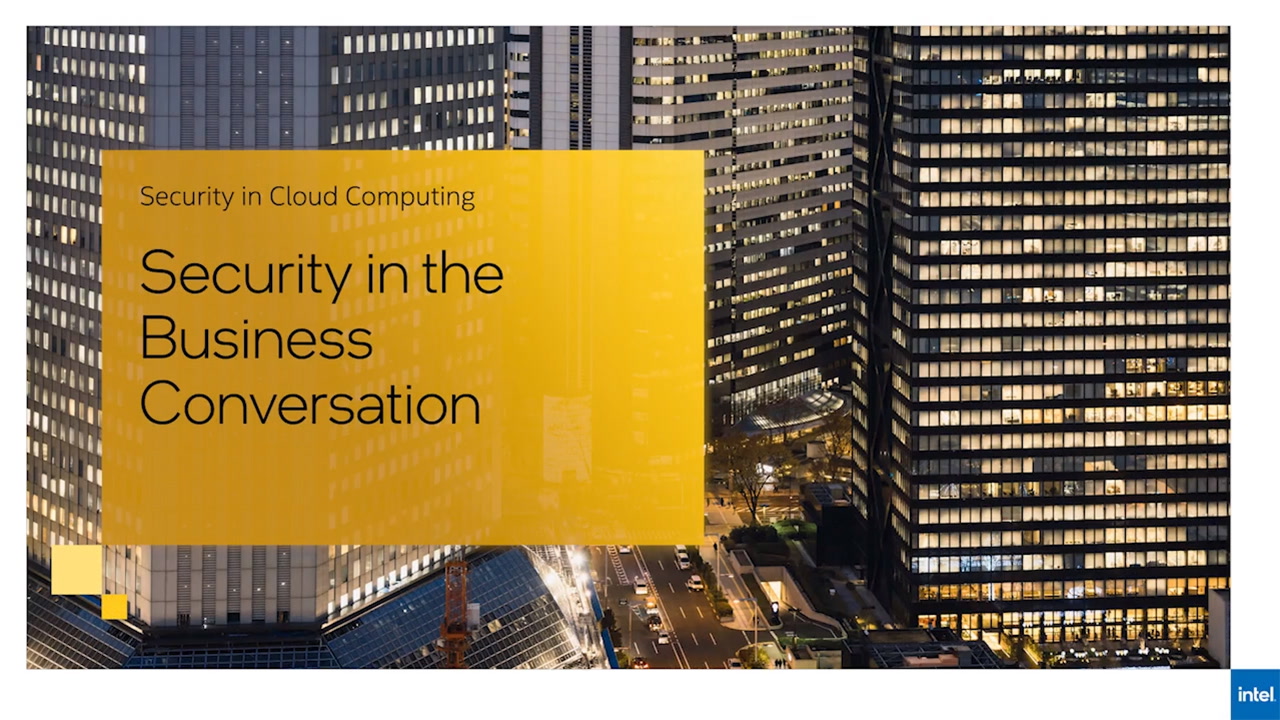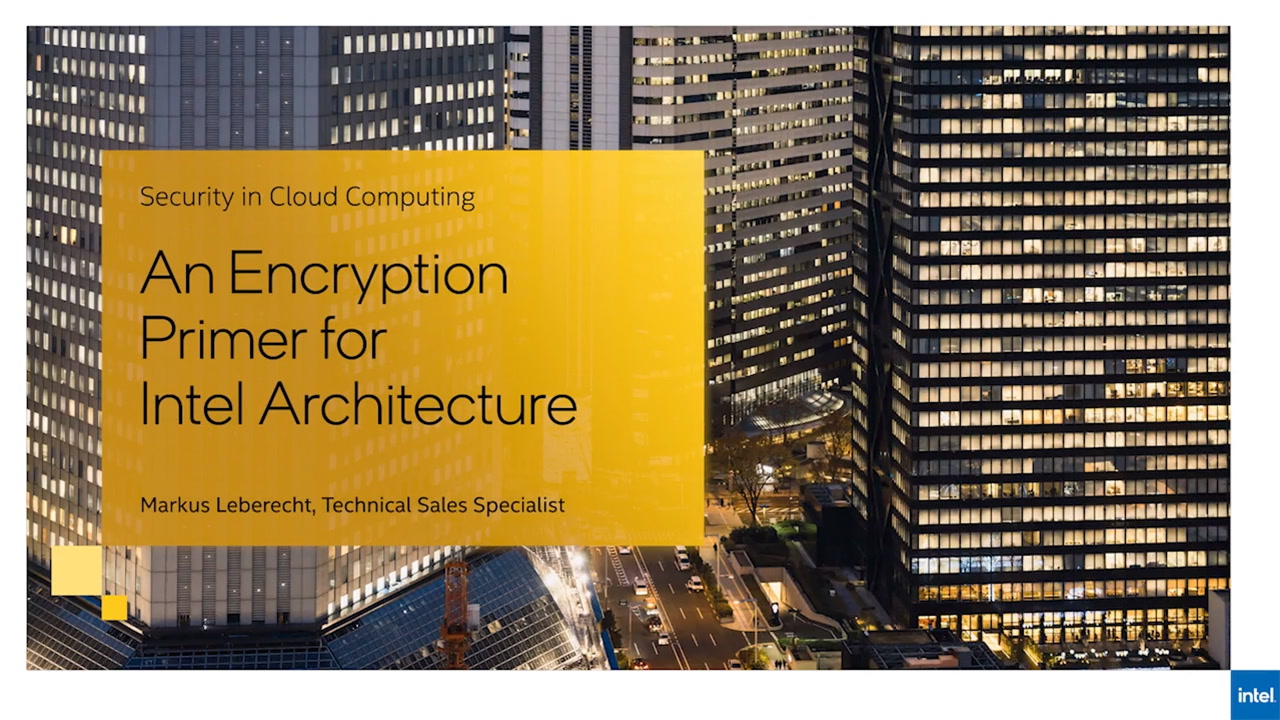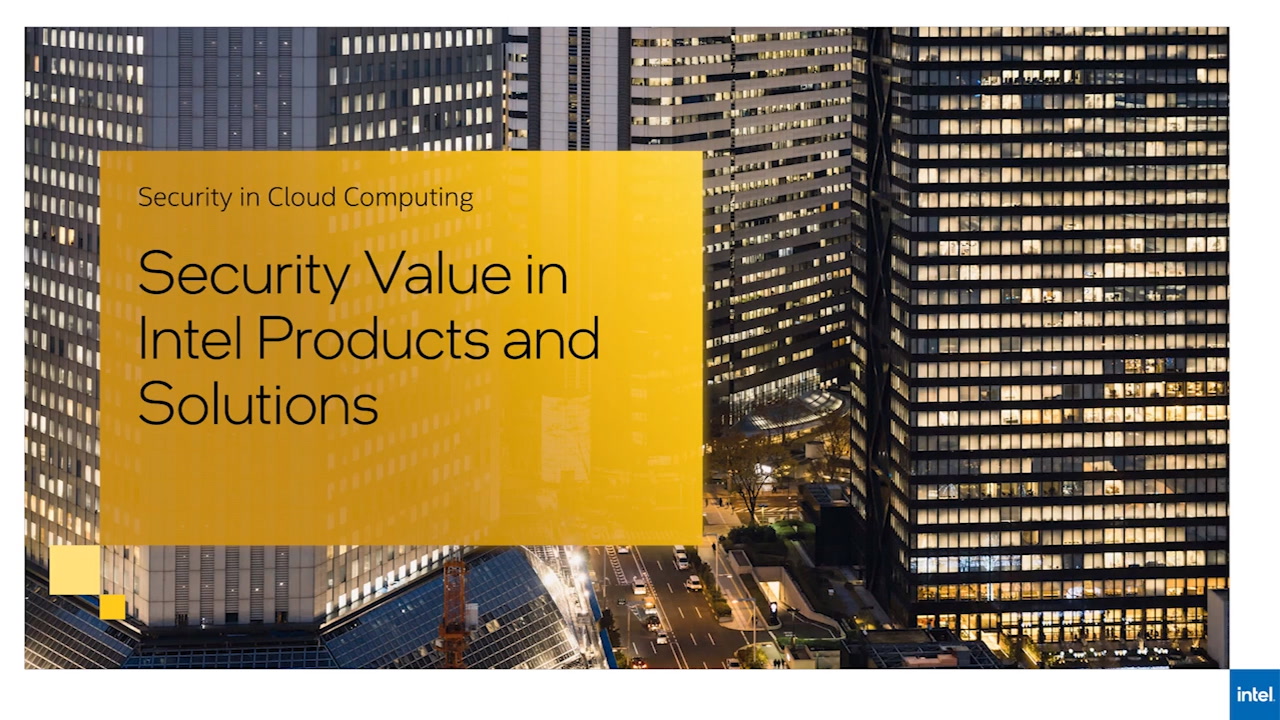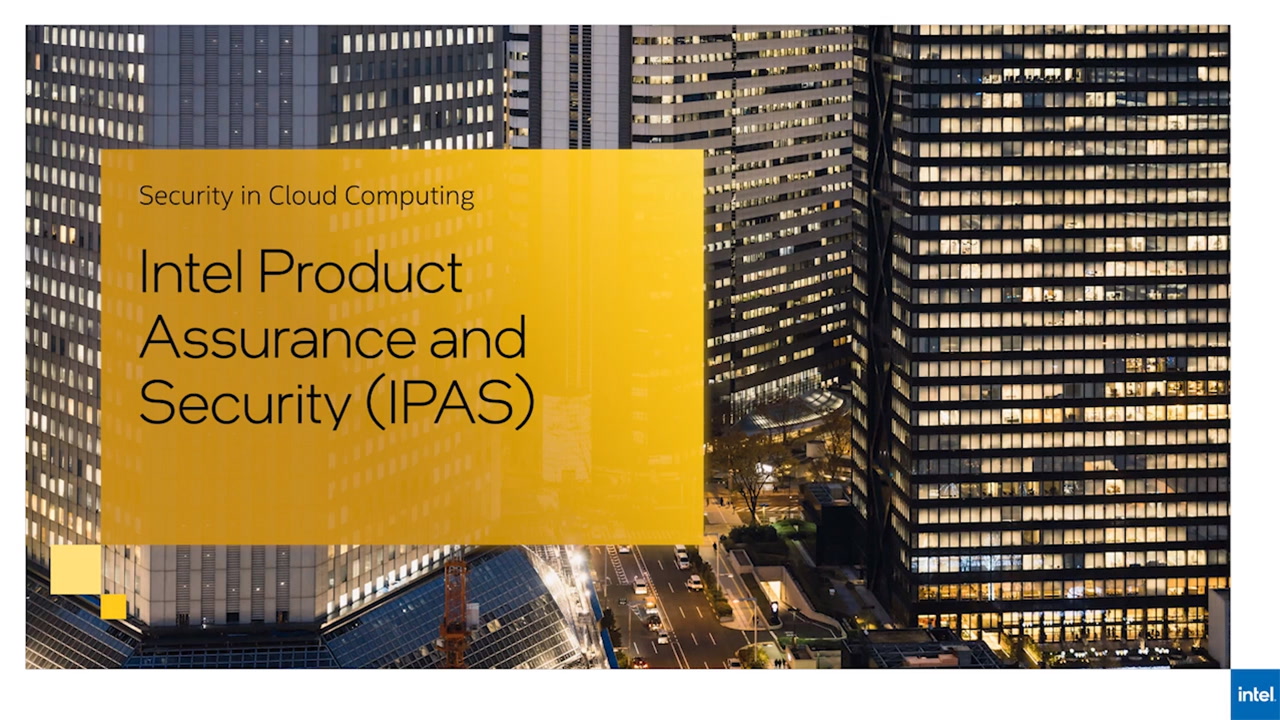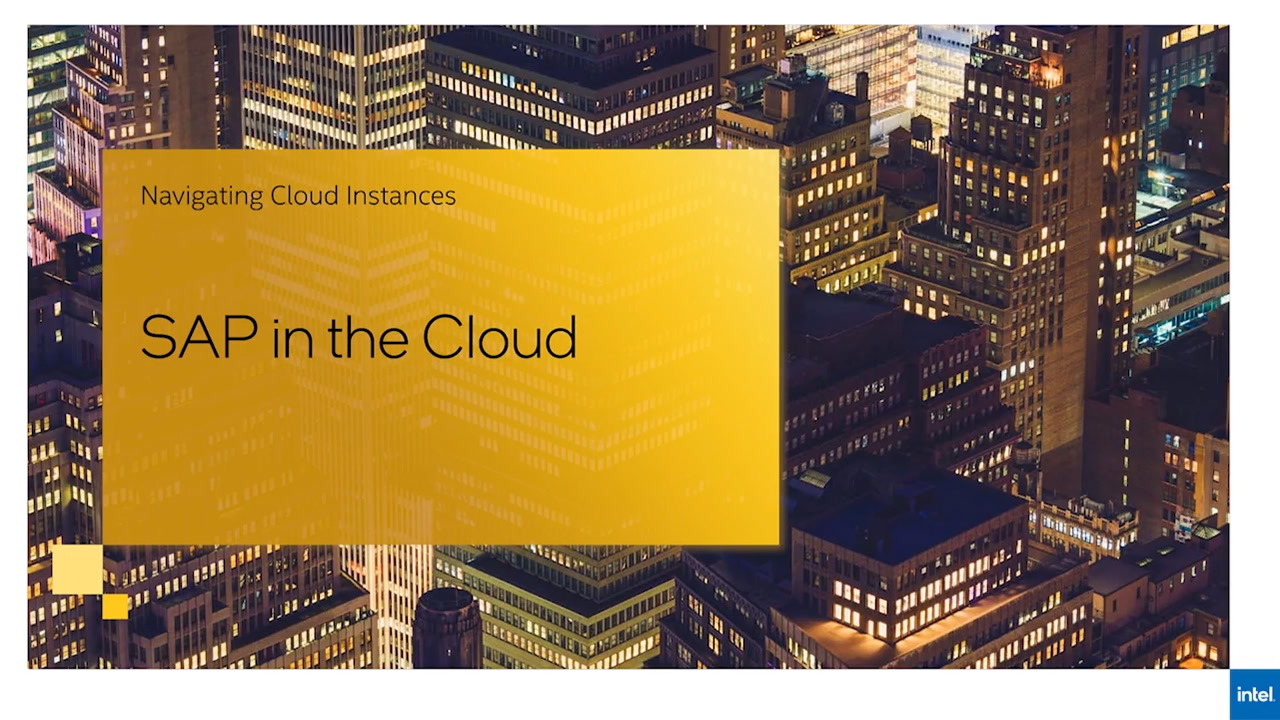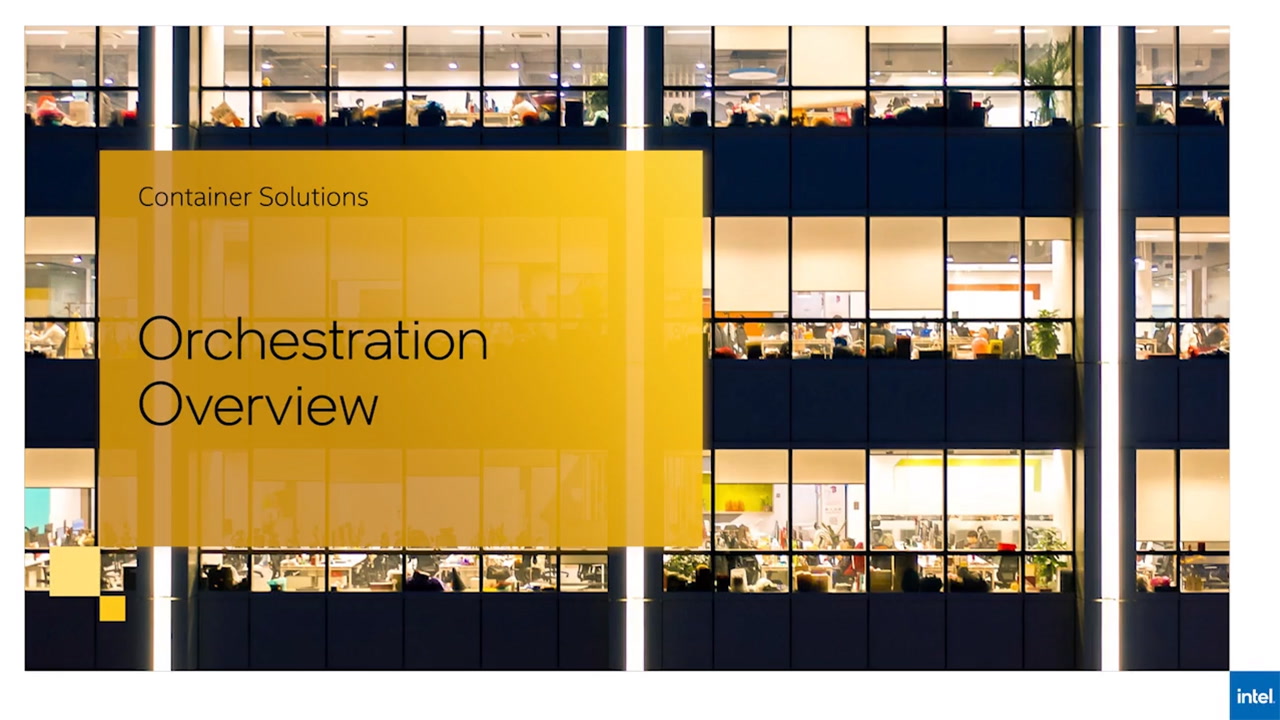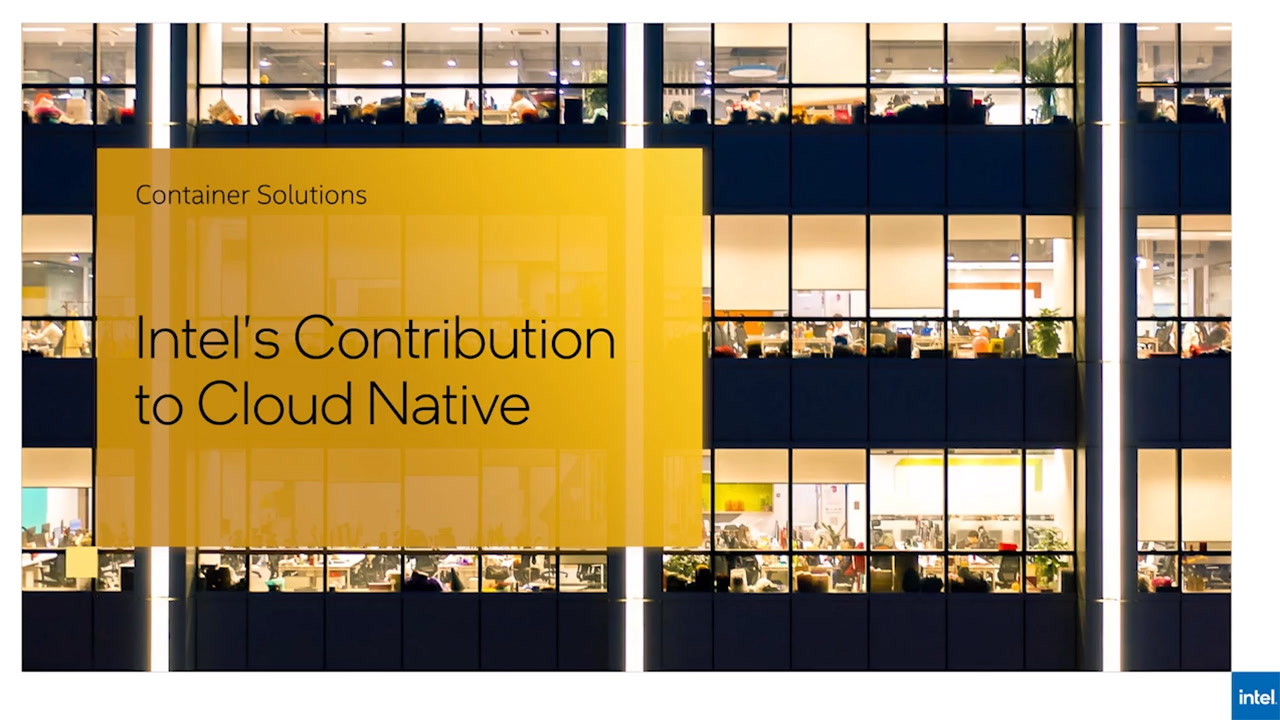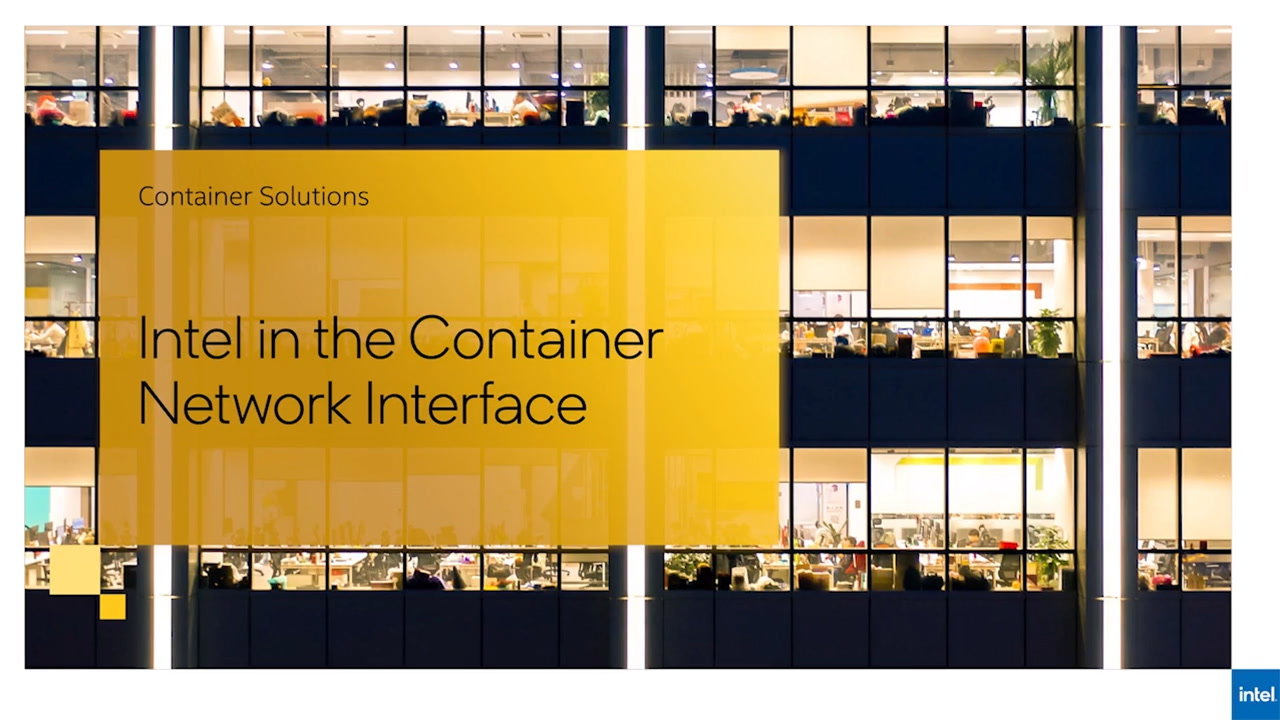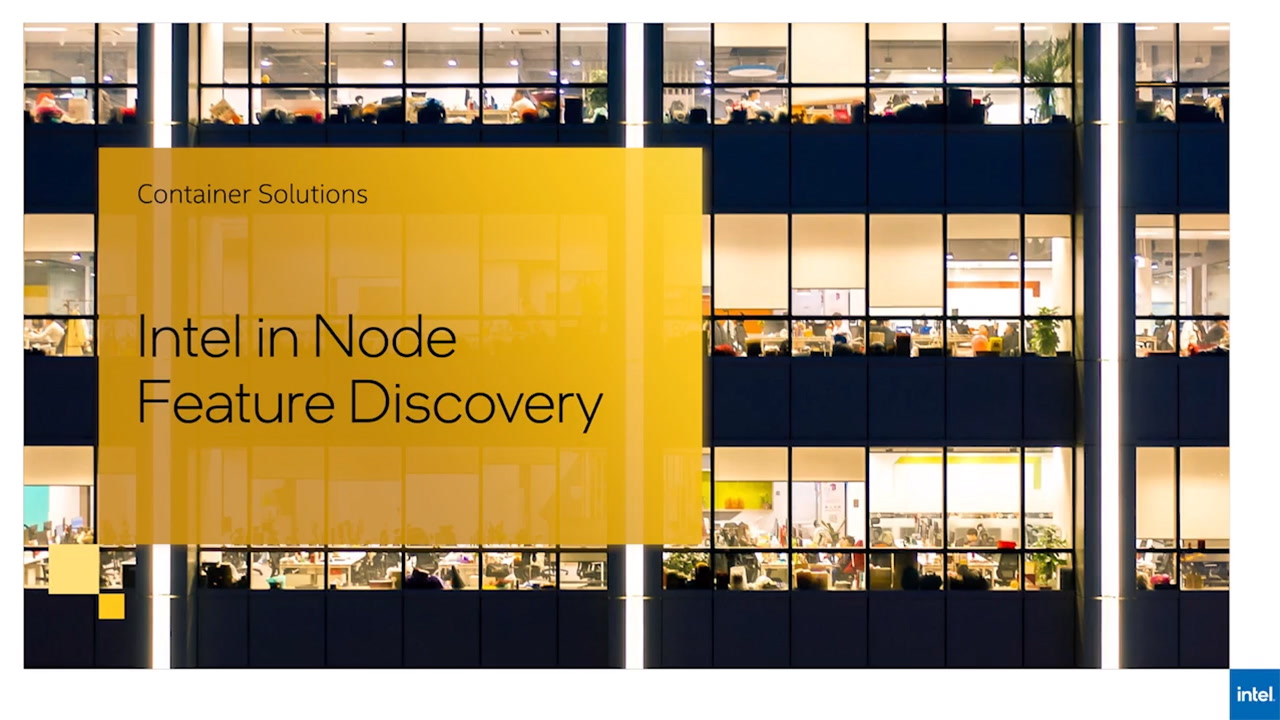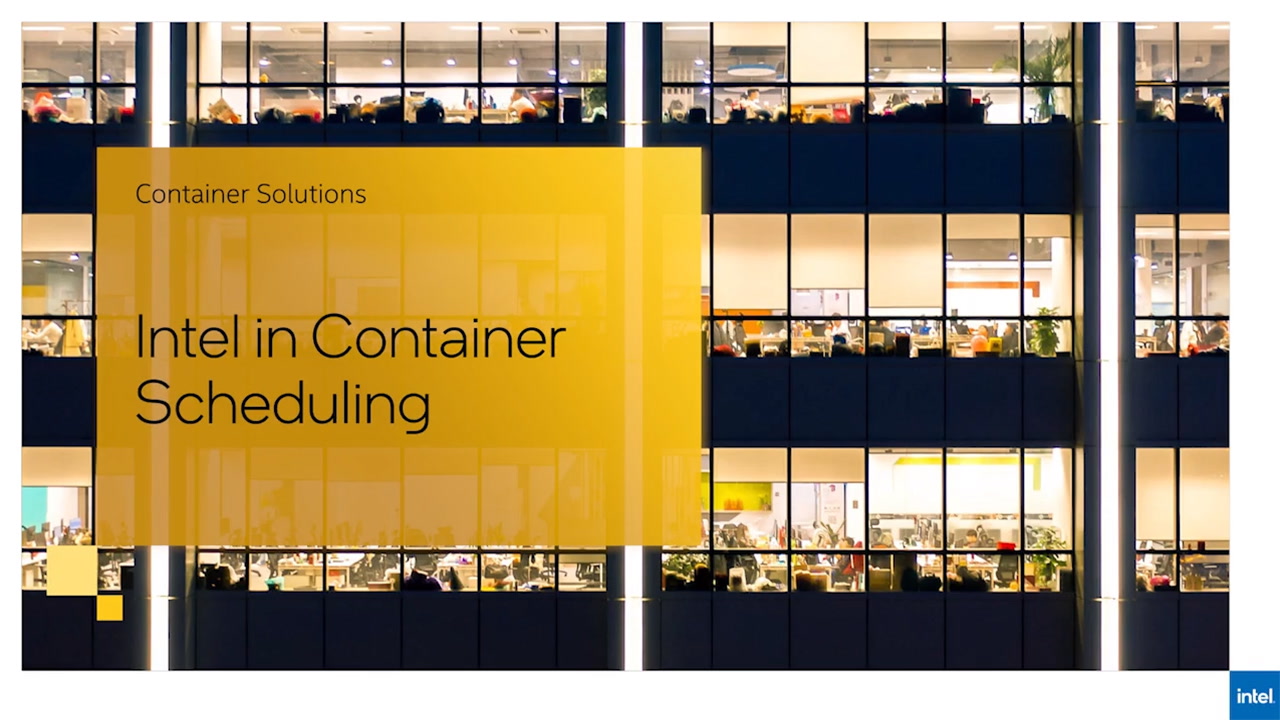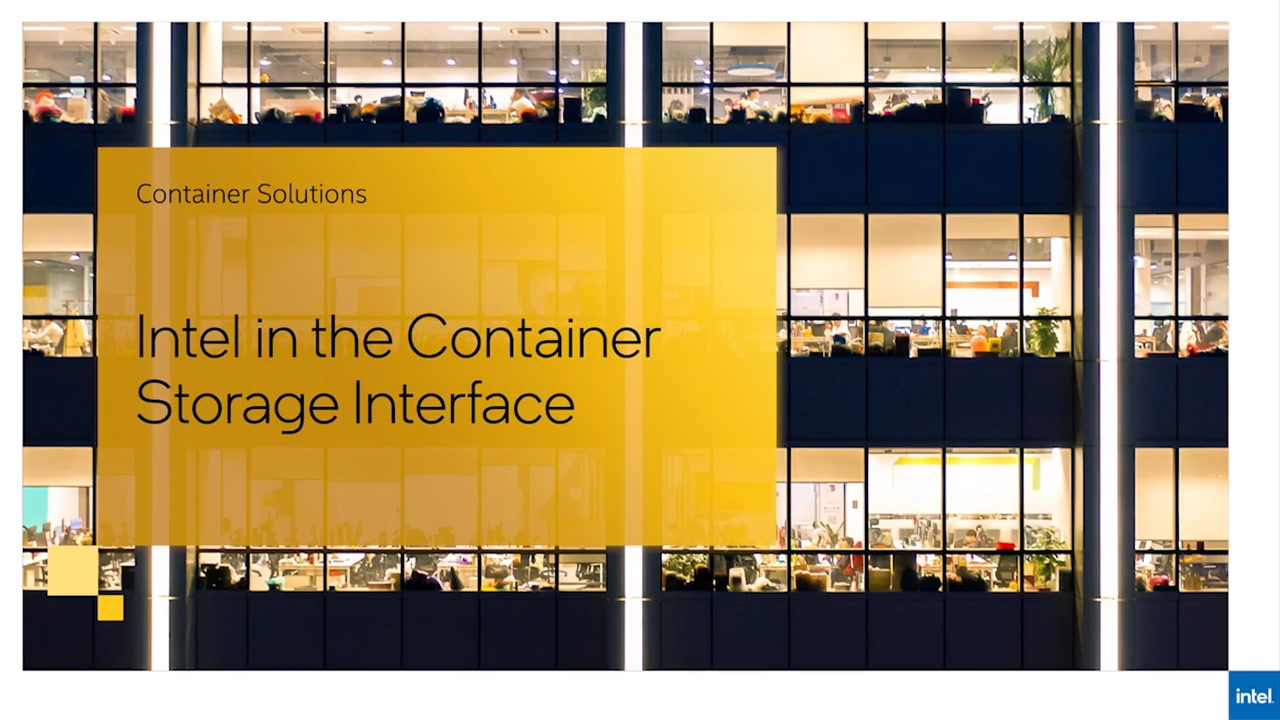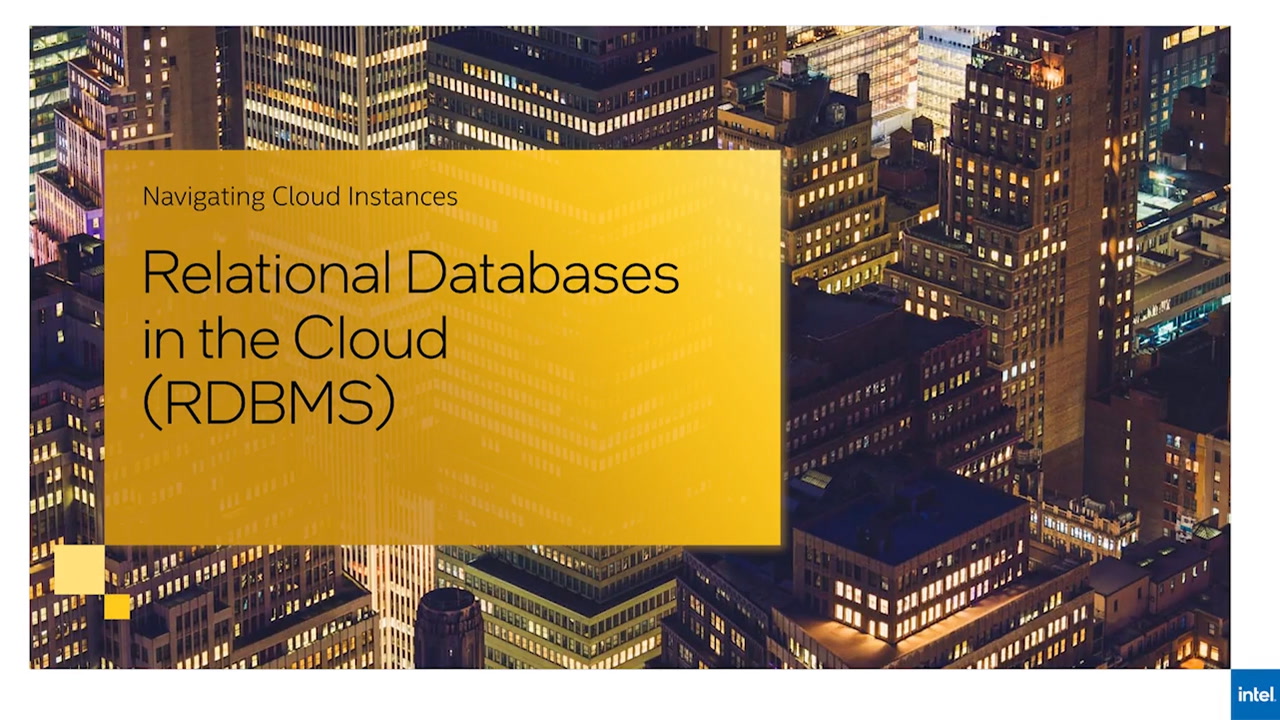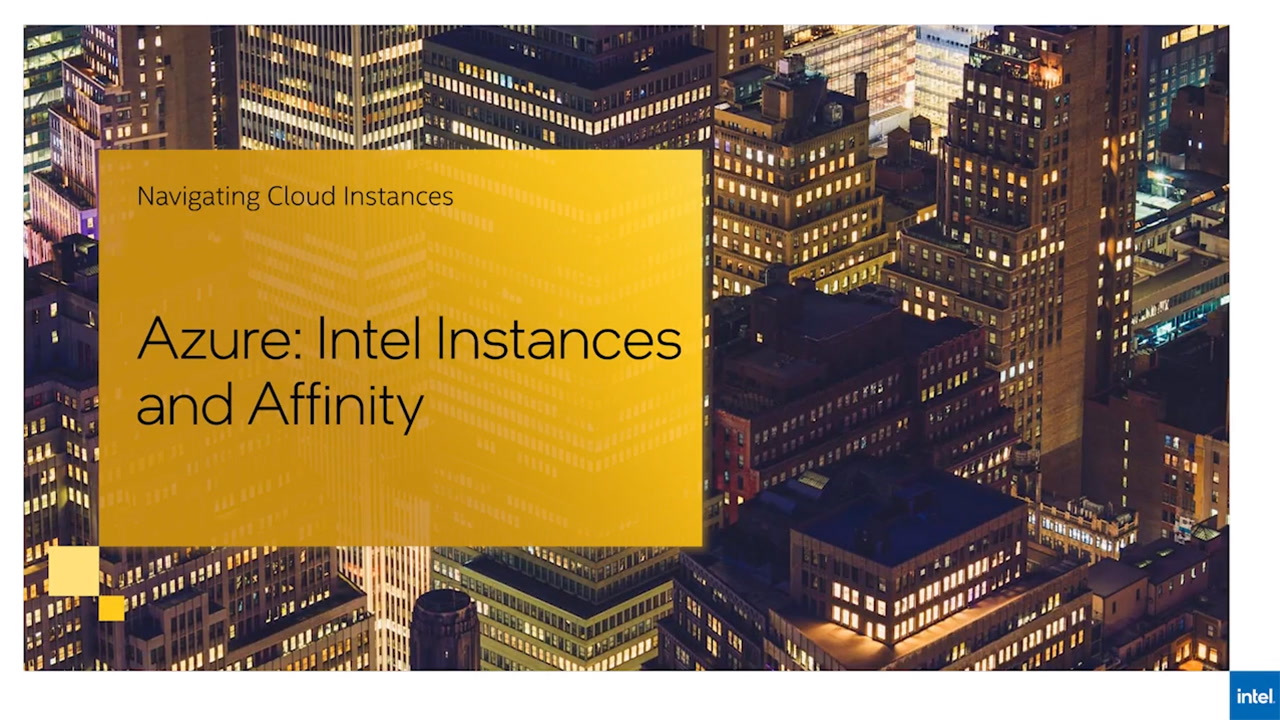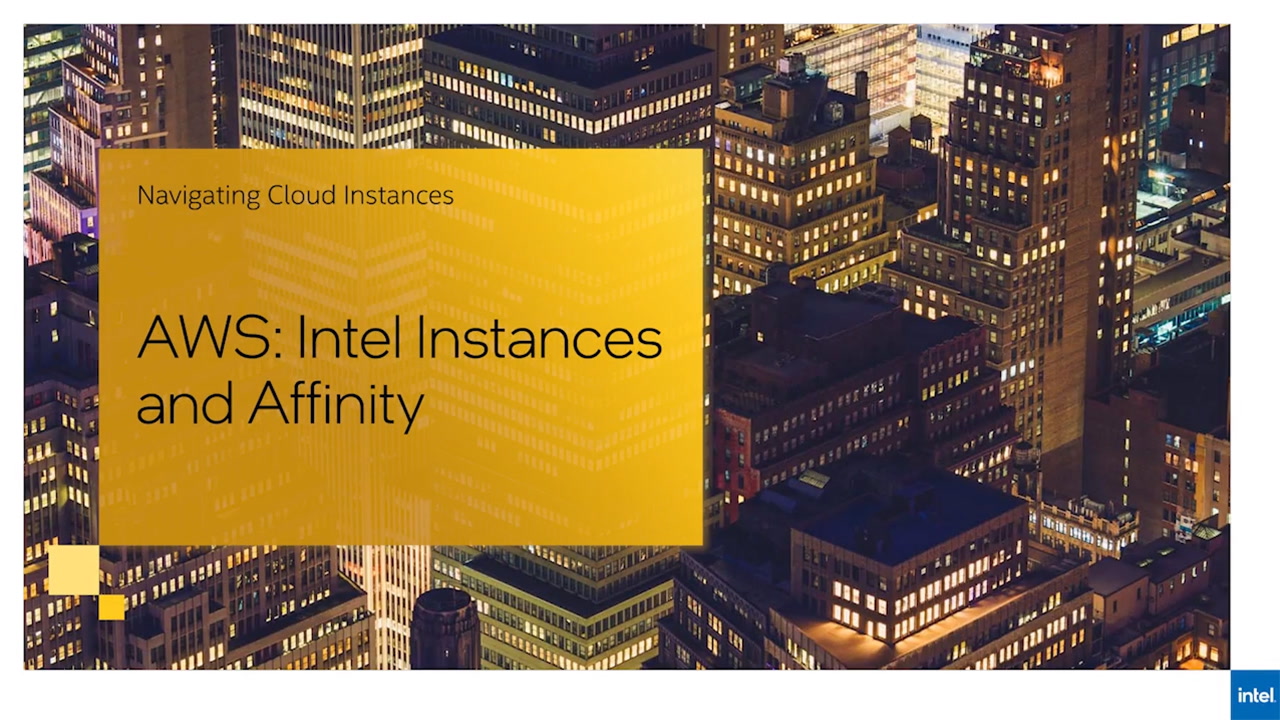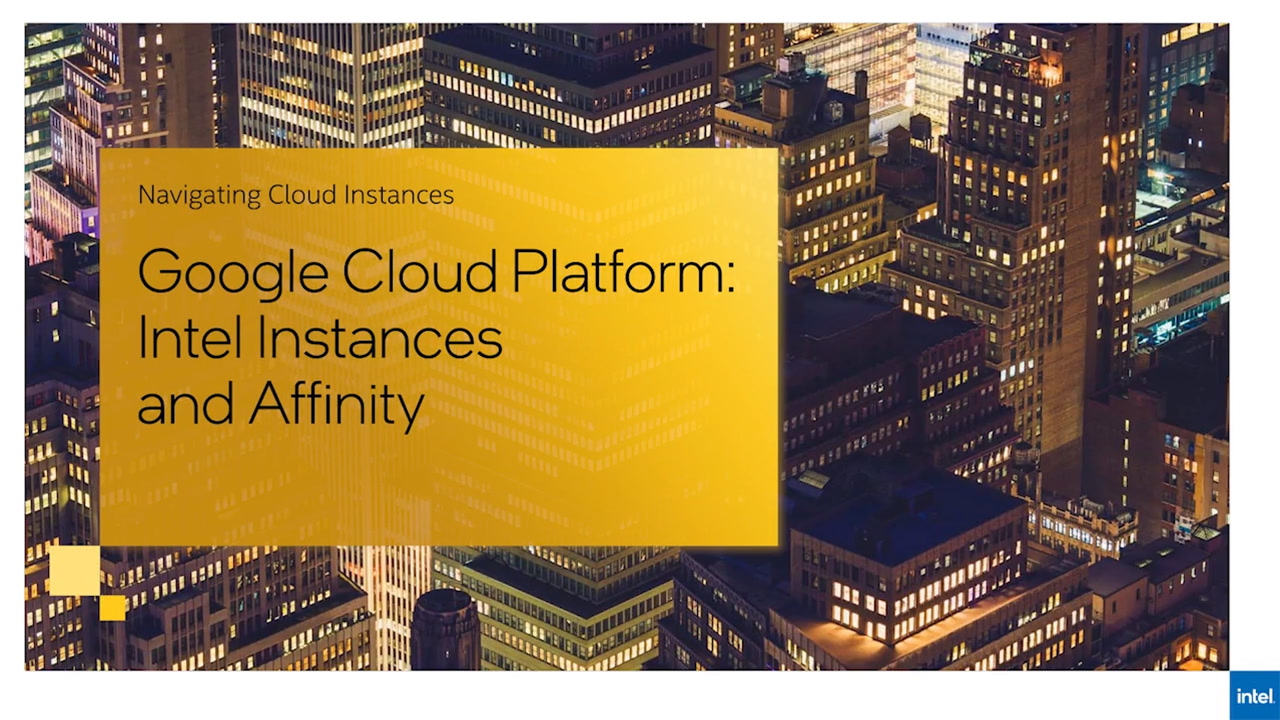Program Overview
Cloud.U courses will give you in-depth knowledge of the cloud industry—the players, the components that serve as building blocks, the architectures, the services, and how they all tie together.
69 Courses
Share With
Insight and education on the cloud industry and fundamentals. Topics include the overall cloud industry, cloud definitions and the value for enterprises moving to the cloud
An overview of cloud consumption models and consumes in the cloud. Covered will be the various XaaS models including IaaS, SaaS, and PaaS; Virtualization, containers and big data.
This course will provide education on cloud compute, cloud storage, cloud databases and cloud networking
Delivering insights on the core components of a cloud service including the different type of cloud services, core cloud principles and global scaling concepts
This module will provide information on the cloud services of networking and security. Topics covered include VPCs, Data security, Identity and Access management and cloud security and the shared security model
Addressing security and risk concepts that apply both in the cloud as well as in on-premise environments. Topics covered include: security frameworks and models; security risk, governance and policy and the correlation between data assets and security.
This course will highlight what Cloud Orchestration is, the benefits of Cloud Orchestration and how Intel products support this technology
This course helps the learner to better understand cloud migration principles including the business reasons to migrate. Covered will be cloud migration essentials and the 6 R's of cloud migration
Covering critical introductory material on databases including categories of databases, database management systems and the role that memory and storage play within databases
This training will address the evolution of data analytics and then dive into three primary categories of data analytics: Data warehousing, Big Data processing with Hadoop and Spark and finally Artificial Intelligence basics
This training describes the key areas an enterprise must consider before they move to the cloud and helps describe the differences between public and private cloud computing from a workload perspective
A discussion around software progression from monolithic software architecture to cloud native software creation using microservices. Also a discussion around DevOpps and its applicability to cloud environments
This course provides insights on the enterprise considerations to get the most out of their cloud services. Covered will be: cloud trends driving decision making, conversation framework for driving customer conversations and Intel's role in helping customers navigate the complexity of cloud decisions
This course provides a comprehensive overview of Software Defined Networking (SDN). Covered in this course will be benefits and key components of SDN as well as the role Intel products play in helping to enable SDN in a cloud environment.
This course is intended to give the viewer a good introductory perspective on Software defined storage including insights into the SDS benefits and challenges as well as a high level summary of SDS architecture.
This course provides an overview of Virtual machines and containers. Included in this course will be a cursory overview of both technologies and the benefits that they both provide in a data center or a cloud environment
This course presents a basic understanding of network concepts, topology, types of devices, and functions in a data center.
A CSP networking overview including views of CSP networking topology and network function virtualization. Also included are Data center edge functionality and networking workloads on compute.
This course presents an introduction to key Intel networking products and product features including Intel® Xeon® scalable platforms, Intel networking products and other Intel accelerators.
This course discusses why Intel architecture and products are the best choice for driving Artificial Intelligence workloads in the cloud.
This course explains the common types of AI-related services offered by each of the top 3 CSPs. Included in this content is a description of the typical degrees of configurability for different cloud instances and hardware and software services.
This course will review the key AI products and services from each CSP. It also identifies the key products or services for each CSP where Intel has supportive hardware that helps set apart the CSP offering
This course describes what a modern data platform is and the value when adopting a cloud forward or cloud first business model.
This course discusses how Intel® architecture is differentiated and provides business value in a cloud native world.
This course describes areas where Intel Optimizations help improve cloud deployments and solution performance.
This course provides role play scenarios describing how to handle four distinct cloud business use case discussions.
This course provides an overview of the VMware Cloud, VMware Cloud use cases and major VMware Cloud Service providers.
This course will teach participants key concepts of the Splunk architecture and how Intel technology impacts its overall performance in cloud applications. Splunk Enterprise & Splunk Security applications are scalable, high-performance data analytics applications to turn machine and event data into insights.
This course provides technical sellers an end-to-end view of architectural integration across VMware and Intel technologies that make hybrid cloud easier to deploy and manage based on VMware Cloud Foundation (VCF)
This module will take a deep dive on current SQL Server configurations, and previews for next-generation design criteria. In addition, the course reviews SQL Server options and decisions in multi-cloud scenarios. Finally, benchmarking strategies and how different architectures can influence the results for the given workload will be addressed.
This 3-part course covers the basics of cloud and enterprise networking functionality including load balancers, web application firewalls, next gen firewalls, VPN, ZTNA, SASE, SD-WAN and CASB.
This course discusses the future of enterprise cloud networking, network as a service (NaaS). The student will learn what NaaS is, receive an understanding of some of the current NaaS providers and develop an appreciation for the Intel advantage for networking in the cloud.
This course dives deep into the role that the ethernet controller plays in processing packets of network traffic on a a server. Each stage in the packet processing pipeline is defined and explored.
This course fully explores the value of SD-WAN and uCPE in supporting enterprise branch network connectivity, especially in relationship to the cloud.
This course provides a deep technical dive into VNF (Virtual Network Function) and CNF (Cloud Network Function) and their role in the evolution of networking. Also addressed will be service mesh and zero trust security.
This course discusses cloud cost modeling and the emergence of the FinOps function. Also covered will be cloud cost management best practices and key personas involved of cloud economics.
This course will give an overview of how the 3 large Cloud Services manage their enterprise accounting efforts including enterprise agreements and accounting entitlements.
This course cover cloud pricing models for each of the 3 large Cloud Service Providers. Also addressed will be reservations, spot instances and native pricing estimators.
This course addresses the usage invoice delivery, native cost explorer and usage reporting for each of the three large Cloud Service providers.
This 2-part course will dive into the ideas and intricacies around controlling spending in the cloud. Included in this course are specific demos for the 3 large Cloud Service Providers.
This 2-part course will dive into the ideas and intricacies around controlling spending in the cloud. Included in this course are specific demos for the 3 large Cloud Service Providers.
This course discusses the business aspects of multi-tenant cloud billings. It covers showback vs billback billing models and prepaid instances and commitments.
This 2-part course goes in depth into IOT and edge-cloud security strategies and security hardware and firmware. Also addressed are Intel specific platform security features and an E2E solution overview.
This 2-part course goes in depth into IOT and edge-cloud security strategies and security hardware and firmware. Also addressed are Intel specific platform security features and an E2E solution overview.
This course covers manageability concepts and explains Intel's manageability products, solutions and developer toolkits. The course also deep dives into Open AMT Cloud Toolkit and discusses how to scale cloud manageability deployments.
This course will articulate the value of an edge connectivity portfolio and how partners can develop and sell a wireless solution to meet customer needs. Topics addressed will be 5G networks, 6G networks and the ability to increase throughput and lower latency wirelessly.
This course explains the difference between single and multicore processor performance and how CPUs and GPUs differ in terms of latency and throughput. Also covered are AI specific acceleration features, real time performance features and the difference between performance and efficient cores.
This course provides a brief background on containers and then dives into the core components and the setup needed to build containers with Docker. This course also includes a demonstration of steps to build a container and a pod.
This course provides a broad overview of system configuration including motherboards, memory, BIOS, networking, microcode patches and power and frequency measurements.
This course identifies what business and ecosystem drivers lead a business to adopt a cloud infrastructure and what requirements that should incorporate into their cloud business decisions.
In this course you will learn about cloud services considerations, cloud transformation business methodology, and the value of Intel technology in the cloud.
This course describes the challenges businesses face in building a digital enterprise and how the cloud supported by Intel® technology help deliver strong value in meeting their business requirements.
In this course Intel and Intel's partner, CloudGenera, describe the 6 "Ms" of cloud transformation and how these strategies allow an enterprise to develop the most effective cloud infrastructure.
This course articulates the differentiated approaches to application security by dissecting an application life cycle. The course content discusses typical technical controls that can be applied and the trade off in basic security controls.
This course discusses security specifics in a customer's business verticals including typical security threats and regulations. The course content will help the learner understand the role security plays in concrete business scenarios and be able to identify concepts such as privacy and compliance.
This course will explain encryption basics and cryptography. It will delve into how Intel Architecture helps security performance and dive into details on Intel® SGX technology.
This course will explain the details of Intel-based security solutions and how they support overarching concepts such as confidential computing and data protection.
This course explains Intel’s product assurance processes, its history, and role in the overall product life cycle. Also covered will be a history of Spectre/Meltdown, the IPAS process, as well as product design implications of security assurance.
This course details SAP offerings in the cloud and how Intel partners with SAP to provide a superior customer advantage. Also covered is the Intel optimizations for SAP in the cloud and the advantage of using Intel Optane PMEM for SAP workloads
This course describes how Kubernetes allows for effective container orchestration including services that run on the control plan for cluster management. This course also includes a demonstration of Kubernetes orchestration.
This course describes Intel's resources for extending Kubernetes and evaluating optimized containerized workloads. The two specific tools that will be discussed are the Container Bare Metal Reference Architecture (BMRA) and the oneContainer Portal. A demonstration of both resources will be provided.
This course explores Intel's role in the Container Network Interface including North-South and East-West high-performance networking. This course also includes a demonstration of these features
This course provides the details behind Node Feature Discovery (NFD) and Intel's role in this technology. Included in this course is a demonstration on NFD.
This course dives deep into Intel's contribution to the scheduler innovations in Kubernetes including telemetry aware scheduling and topology manager. A demonstration of this feature is included in this course as well.
This course discusses how persistent memory plays an important role in containers and how the Container Storage Interface (CSI) in Kubernetes utilizes persistent memory. This course also includes a demonstration of CSI.
This course will discuss relational databases in the cloud, the top 4 cloud relational databases, and how Intel architecture helps optimize these database workloads.
This course describes the available Azure services and helps you identify which ones are driven by Intel® architecture. The course also covers how target workload solutions in Azure map to Intel architecture across hybrid and edge environments.
This course provides a brief description of AWS IaaS, PaaS, and SaaS services and how these AWS services map to a variety of Cloud workloads. The course will also have a full discussion on Intel® Architecture in the cloud, hybrid and edge services on AWS.
This course provides a Google Cloud services overview and specifically highlights which services and workloads are driven by Intel Architecture. Also covered are Intel's impact on Google hybrid offerings.

